
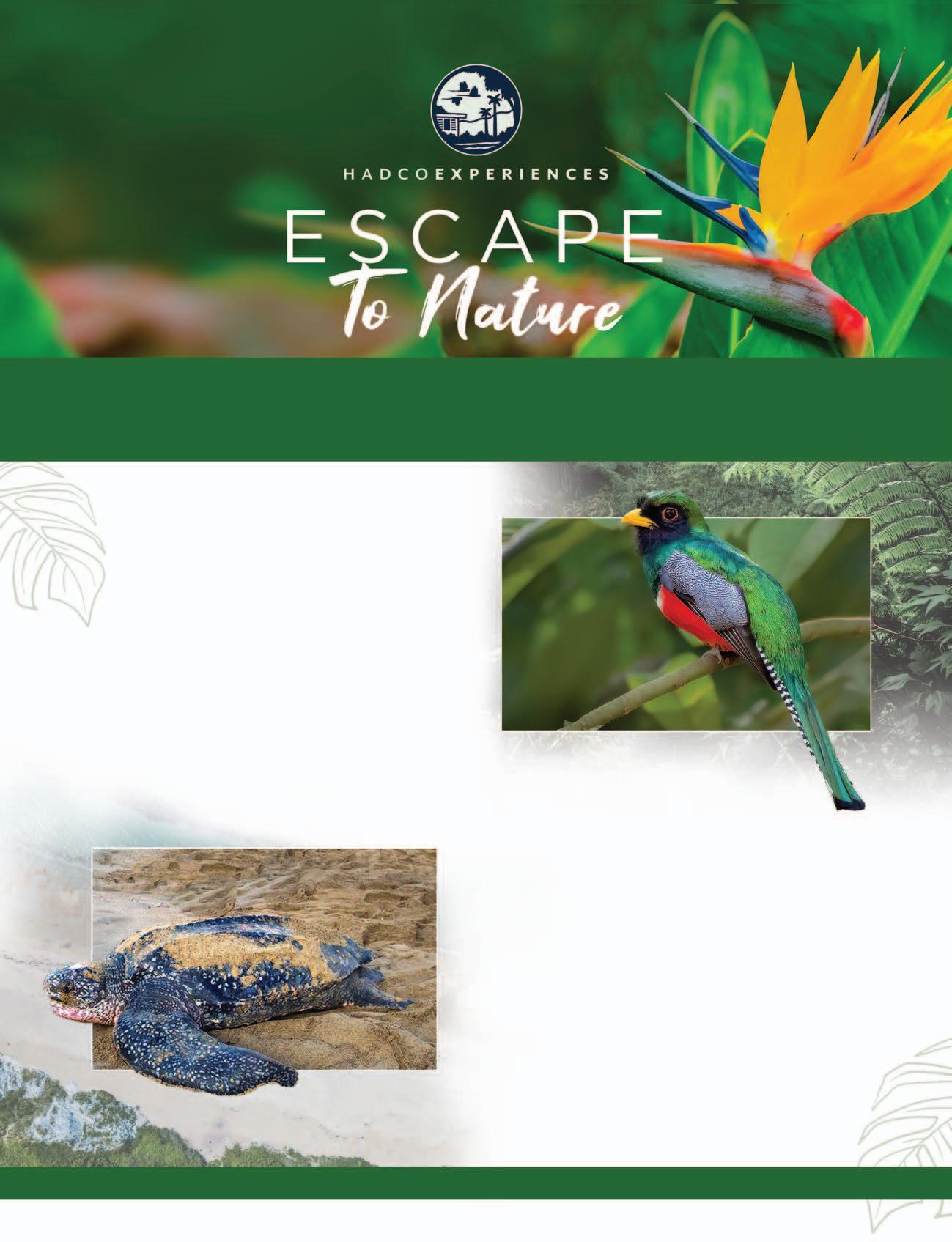








beyond ordinary ...
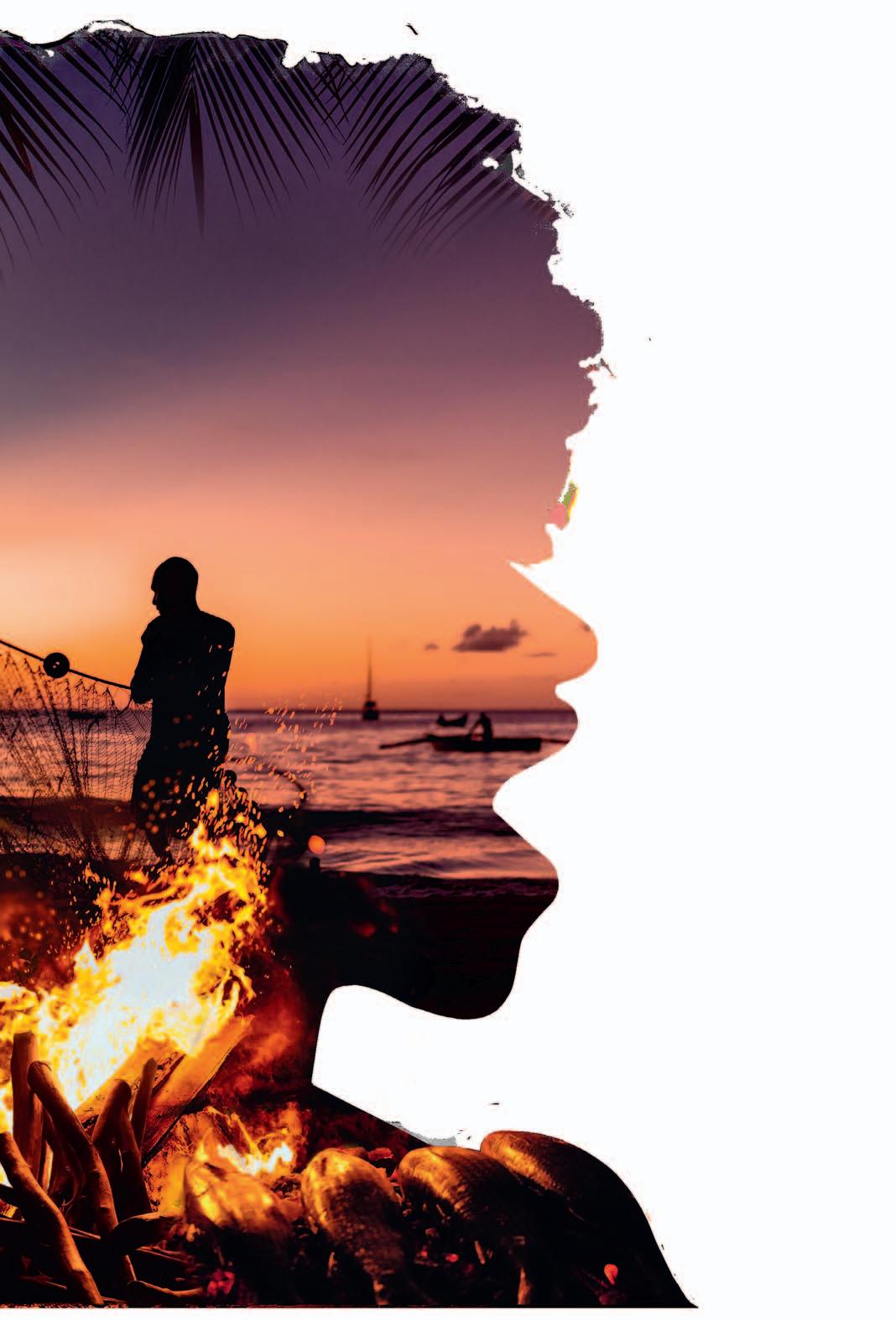
Tobago’s unique cultural history means it’s a real mixing pot of flavours including African, Asian, Creole and European delicacies – a journey around the world for your palate. Get your taste buds jumping with curried crab and dumplings or sample the freshest catch of the day. Join us at one of the island’s many lively festivals and events. In Tobago we’re happy to share our proud heritage with you.

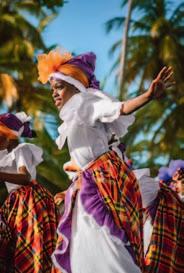

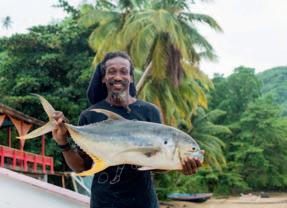
#101ReasonsTobago
You can find out more at TobagoBeyond.com or scan the code below.
The Welcome Home campaign has taken of after successful launches in Jamaica, Guyana, Barbados, and Trinidad & Tobago. And what we see emerging is a powerful energy that is resonating across the region — a holistic connectivity that embraces our Caribbean identity.
Caribbean Airlines is dedicated to connecting the region like never before. Our focus lies in optimising our network to maximise operational efciency and resource utilisation. We make data-driven decisions with the goal of delivering seamless connectivity across the region.
In line with this vision, in May we reintroduced weekly fights to Caracas, Venezuela, which currently operate every Saturday. Our aim is to make your travel experience even more convenient by ofering an expanded selection of fights to and from multiple destinations.
To cater to your travel needs for the summer period, we added fights to popular destinations like Orlando. Further, from our southern hub in Trinidad, there are a minimum of 19 weekly fights to Barbados, providing multiple opportunities for connecting to various destinations within our network.
For those travelling between Guyana and Trinidad, we ofer no fewer than 20 fights, alongside daily fights to JFK, New York; multiple weekly fights to Toronto; and connections to Miami, Jamaica, and other exciting destinations.
A Message from our CEO
Furthermore, there are seven fights every week between Barbados and Guyana’s Eugene F Correia International Airport (Ogle).
Starting 2 July, we also will ofer a more consistent schedule between JFK and Kingston, Jamaica. This complements our existing schedule of daily fights between Trinidad and Kingston, which provide connections to multiple points including Antigua, Barbados, and Sint Maarten.
In the coming months, you can look out for additional expansion as our Welcome Home campaign advances. To fnd out more about the schedule, visit our website at caribbean-airlines.com, where we’ve made subtle but signifcant changes to the booking experience. Now, when you search for fights, you will immediately see the available days, seats, and prices without having to browse through multiple dates. We want to ensure that booking your travel with us is as efortless and enjoyable as possible.
Caribbean Airlines is dedicated to delivering exceptional service and to creating a sustainable future. As such, in keeping with our strategic plan, we launched the Caribbean Airlines Sustainability Program, in line with the principles of the Environment, Social and Governance (ESG) framework.
Through the eforts of our Fuel Management Committee and our
fuel-efcient 737-8 jet feet, we were able to reduce CO2 emissions by 2% in the last year, which is aligned with our shareholders’ commitment to achieving the 2030 Paris Agreement goals.
In addition, Caribbean Airlines’ workforce is ethnically diverse and over 50% female. There is active employee engagement, established health and safety policies, and structured customer satisfaction feedback, measured through our NPS (Net Promoter Score).
We’ve streamlined our corporate social responsibility initiatives around the pillars of Education, Community and Wellness, under the following themes:
• Caribbean Careers — focussing on education
• Caribbean Community looking at innovation and the environment

• Caribbean Medical providing medical travel support for people who are unable to access same in their home countries.

Looking ahead, we are enthusiastic about the promising opportunities that lie before us. We are committed to working together with you, our valued customers, and stakeholders to achieve our goals and position Caribbean Airlines for long-term success.
Regards,
 Garvin
Garvin
Caribbean Airlines
No. 177 July/August 2023
50
14 WISH YOU WERE HERE Los Roques, Venezuela
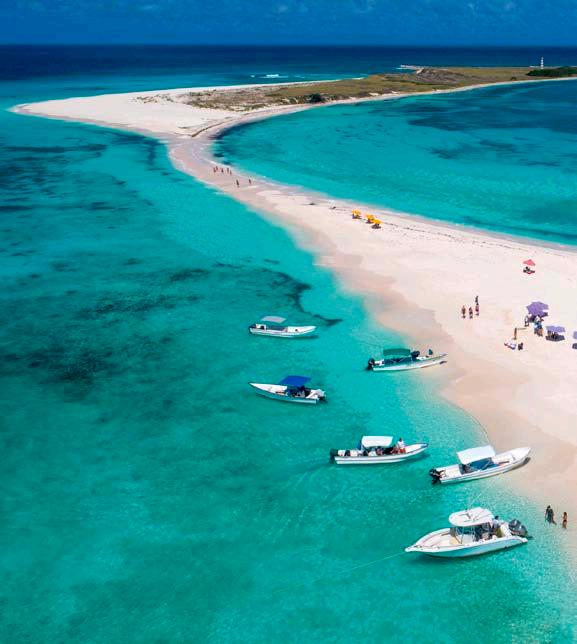
16 EVENT BUZZ Festivals and events around the region
24 SPORTS BUZZ
Sheldon Waithe goes inside the Commonwealth Youth Games
26 MUSIC & BOOK BUZZ
Reviews by Nigel A Campbell and Shivanee N Ramlochan
30 COOKUP
The varied and flavourful plantbased traditions in the Caribbean have always been about us, and never about trends, writes Vaughn Stafford Gray
32 WORD OF MOUTH
Shelly-Ann Inniss previews Guyana’s Cricket Carnival
34 BUCKET LIST
The rainforests of Suriname
36 BACKSTORY
THE PHOENIX OF THE ARIMA VALLEY
Janine Mendes-Franco maps the rich history of Trinidad’s renowned Asa Wright Nature Centre — and how it may now point the way to the island’s eco-tourism future
42 OWN WORDS
“YOU HAVE TO ENSURE YOU’RE BRINGING EVERYONE ON BOARD”
CARICOM’s Secretary General Dr Carla Barnett on her Belizean roots, passion for her kitchen garden, and goals for CARICOM as the regional body turns 50 — as told to ShellyAnn Inniss
46 SNAPSHOT THE RED, WHITE & BLACK FLASH
Sheldon Waithe profiles cycling sensation (and world record holder) Nicholas Paul as he mounts an international comeback from devastating injuries
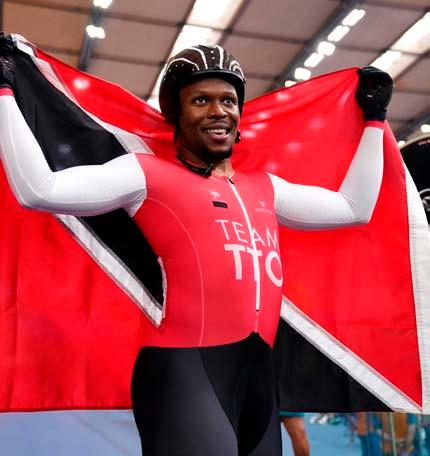
14
46
50 ROUND TRIP EASY BREEZY ADVENTURES
Shelly-Ann Inniss suggests some of the many adventures you can enjoy across the region with the whole family
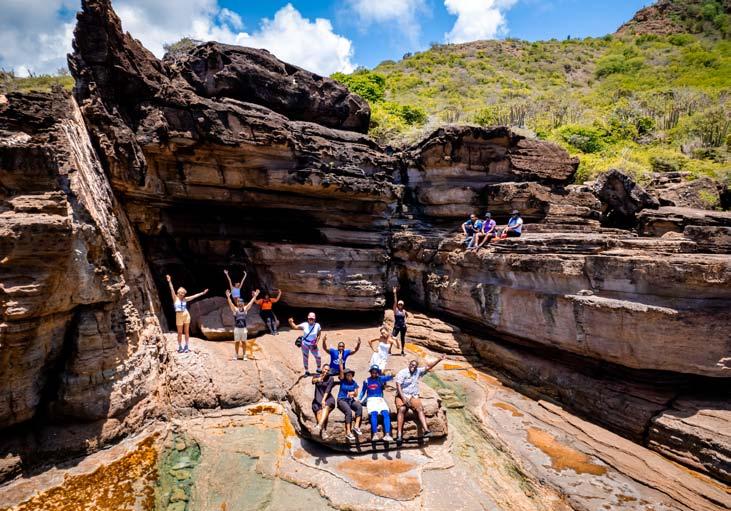
58 NEIGHBOURHOOD
Key West, Florida
60 EXPLORE
LIVING LA VIDA VIÑALES
Donna Yachting tours this beautiful Cuban region, taking in its infectious music and meeting some of its everresilient people along the way
6 WWW.CARIBBEAN-BEAT.COM
Contents
64 DISCOVER KEEPING HISTORY ABOVE WATER
Erline Andrews reports on the work to protect the Caribbean’s distinct built heritage from the escalating impacts of climate change
68 ON THIS DAY
THE KING OF THE REPUBLIC
James Ferguson looks at the fascinating story of Sans Souci Palace — the pride of Haiti’s (short-lived) King Henry Christophe, inaugurated 210 years ago at the peak of his colourful, tragic reign
70 THE DEAL FUTURE-PROOFING THE CARIBBEAN
The Caribbean’s tremendous biodiversity can power dynamic blue and green economies, writes James Ellsmoor, and become a hub for nature-based solutions
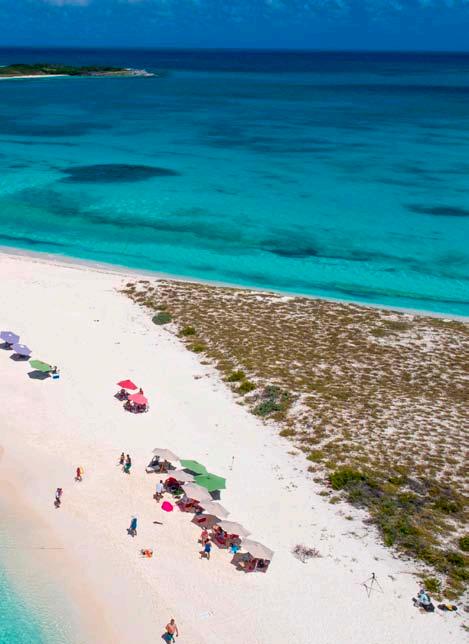
72 PUZZLES & BRAIN TEASERS
Enjoy our crossword, spot-thedifference, and other brain teasers!
80 PARTING SHOT
Beat Beat Caribbean Caribbean
An MEP publication
Editor Caroline Taylor
Designer Kevon Webster
Editorial assistant Shelly-Ann Inniss
Production manager Jacqueline Smith
Finance director Joanne Mendes
Publisher Jeremy Taylor
Business development consultant Halcyon Salazar
Business Development Manager, Tobago and International Evelyn Chung
T: (868) 684–4409
E: evelyn@meppublishers.com
Business Development Representative, Trinidad Tracy Farrag
T: (868) 318–1996
E: tracy@meppublishers.com
Media & Editorial Projects Ltd.
6 Prospect Avenue, Long Circular, Maraval 120111, Trinidad and Tobago
T: (868) 622–3821/6138
E: caribbean-beat@meppublishers.com Printed
Caribbean Beat is published six times a year for Caribbean Airlines by Media & Editorial Projects Ltd. It is also available on subscription. Copyright © Caribbean Airlines 2023. All rights reserved. ISSN 1680–6158. No part of this magazine may be reproduced in any form whatsoever without the written permission of the publisher. MEP accepts no responsibility for content supplied by our advertisers. The views of the advertisers are theirs and do not represent MEP in any way.
Website: www.caribbean-airlines.com

7 WWW.CARIBBEAN-AIRLINES.COM
by Solo Printing Inc., Miami, Florida

Cover Flamingos are among the star attractions in the “ABC islands” (Aruba, Bonaire, and Curaçao). In Curaçao, Jan Kok, Jan Thiel, and Sint Michielsbaai are the best places to spot them

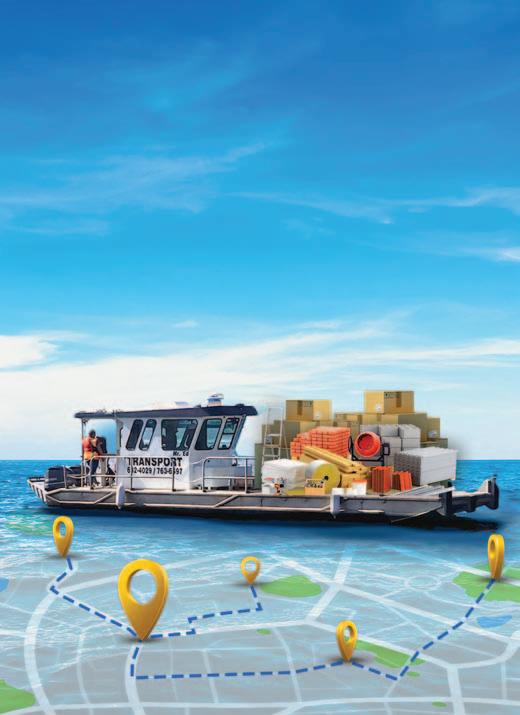
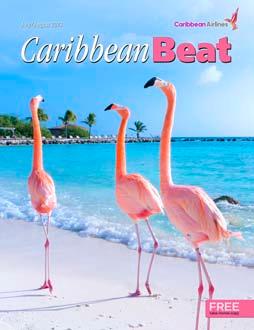 Photo Natalia Barsukova/ Shutterstock.com
Photo Natalia Barsukova/ Shutterstock.com
Erline Andrews is an award-winning journalist with a master’s degree from Columbia University Graduate School of Journalism, and a particular interest in the environment and conservation.
Nigel Campbell is a Trinidad-based concert producer; music industry analyst, commentator, and reviewer; and co-host of the Music Matters: The Caribbean Edition podcast.
James Ferguson is an Oxford-based publisher, translator and writer with a background in French culture and Caribbean history, who’s authored several books on Haiti, the Dominican Republic and Jamaica.
Vaughn Stafford Gray is a Jamaica-based culture writer, Jamaican food historian, and co-author of two forthcoming cookbooks.
This issue’s contributors: Doing it Right



Shelly-Ann Inniss is a Trinidad-based Barbadian writer; member of the Caribbean Beat team; gluten-free baker and founder of Your Gluten-free Companion.
Janine Mendes-Franco is a writer and film producer who particularly enjoys documentary filmmaking. She recently produced King David (about David Rudder) and We Going Pan
Shivanee Ramlochan is a Trinidadian poet, essayist and book critic. She is the author of Everyone Knows I am a Haunting, and blogs about Caribbean and LGBTQI+ literatures at novelniche.net
Sheldon Waithe is Creative Director at communiquett. com. An avid cyclist, his Trinidad Guardian column and work for Caribbean and UK sites delve into political, societal and sport matters.
Donna Yawching is a travel and culture writer, currently based in Canada, who’s written for Caribbean Beat since the beginning of time — or since the beginning of Beat, whichever came first.

9 WWW.CARIBBEAN-AIRLINES.COM
Website: www.ammsco.com Phone: +1 868 634-3123/4 24Hr No.:+1 868-741-9844 E-mail: info@ammsco.com CHANDLERY SERVICE Provisioning Cabin Stores Medical Supplies Special Parts & Equipment CERTIFIED SHIP REPAIR / OFFSHORE SERVICE Air Conditioning & Refrigeration AC/DC Motor & Generator Repair Grit & Hydro Blasting Fire Systems & Certifications Welding & Fabrication Confined Space Permits Tank Cleaning Machine Shop LOGISTICS Crew /Deck Barge Marine Transport Diving Support Underwater Inspections




Continuous learning as a way of life
The Caribbean is home to many an island paradise, but even in these sunshine islands, we inhabit an increasingly fast-paced, high-tech, inter-connected reality of globalised industries, digital devices, virtual workplaces, social media, and AI-driven processes.

Meanwhile, Caribbean destinations are being visited by younger, more savvy and adventurous world travellers who have diferent values and priorities than previous travellers. In this context, people, businesses, and destinations that cannot learn and adapt are in danger of being left behind.
Roland S Barth, founder of the Principals’ Center at Harvard Graduate School of Education, was a lifelong educator of educators. Throughout his career, he championed the value of continuous professional development, and the constant need to grow and evolve:
Those who will thrive in the years ahead ... will be those who have become active, voracious, independent, and lifelong learners. The nature of the workplace, our society, and learning dictates that we are all going to learn as we go along, or we won’t survive.
Though his focus was on those in education, I am sure many leaders of commerce, industry, and society would agree that his point of view is equally valid across many spheres of life.
The world is constantly changing as new innovations make their mark and new trends and practices emerge. It took decades for cell phones to go from novelty to ubiquitous; the smartphones of today, to a certain extent, have replaced landlines, cameras, and computers. Now, the mobile web and social media are becoming central to how businesses interact with consumers, even in the travel and tourism space.
Then there are the rapid paradigm shifts and cataclysms, like the Covid-19 pandemic, which force us to learn quickly and adapt radically — just to survive. In the last three years,






































































































the virtual ofce went from a nice idea for many to a necessity almost overnight. Now, fexible work arrangements are in demand, and tourism destinations are marketing specialty programmes to appeal to remote workers and digital nomads.
The pandemic became a signifcant modifer for travel and tourism, propelling persistent changes in traveller interests and priorities, as well as permanent changes within the industry. It was important for tourism actors and destinations to analyse the evidence and be open to incorporating new and innovative ideas and approaches — evolving how we do tourism.
Whether at home or at work, learning, growth, and adaptation are essential to full, healthy, successful lives that make the most of the possibilities before us. In The Bahamas, we are striving to make the tourism industry more sustainable and proftable for more workers and entrepreneurs. That means ensuring more employees and small businesspersons are trained with the necessary skills to excel in the industry and be responsive to emerging opportunities.
Caribbean tourism is great not only because of our island environment, but also because of the culture of hospitality that is central to our identity. However, the regional industry has long grappled with the need for more workers who are better trained, educated, and equipped for the demands of specialised job roles, as well as for management and leadership. In this regard, learning is the basis of capacity building, which is integral to addressing questions of quality, efcacy, and competitiveness.
For individuals, it is a lifelong exercise to pick up new skills, understand new technologies, and follow and interpret the evolution of society and business. At work, learning is important for career development, progression, and even transition. No one can aford to be complacent and forget to keep up with an ever-changing world. This means that continuous learning must be a way of life for every aspiring individual, business, and organisation, including in travel and tourism.

Caribbean Airlines
Joy Jibrilu is the CEO of the Nassau Paradise Island Promotion Board (NPIPB)


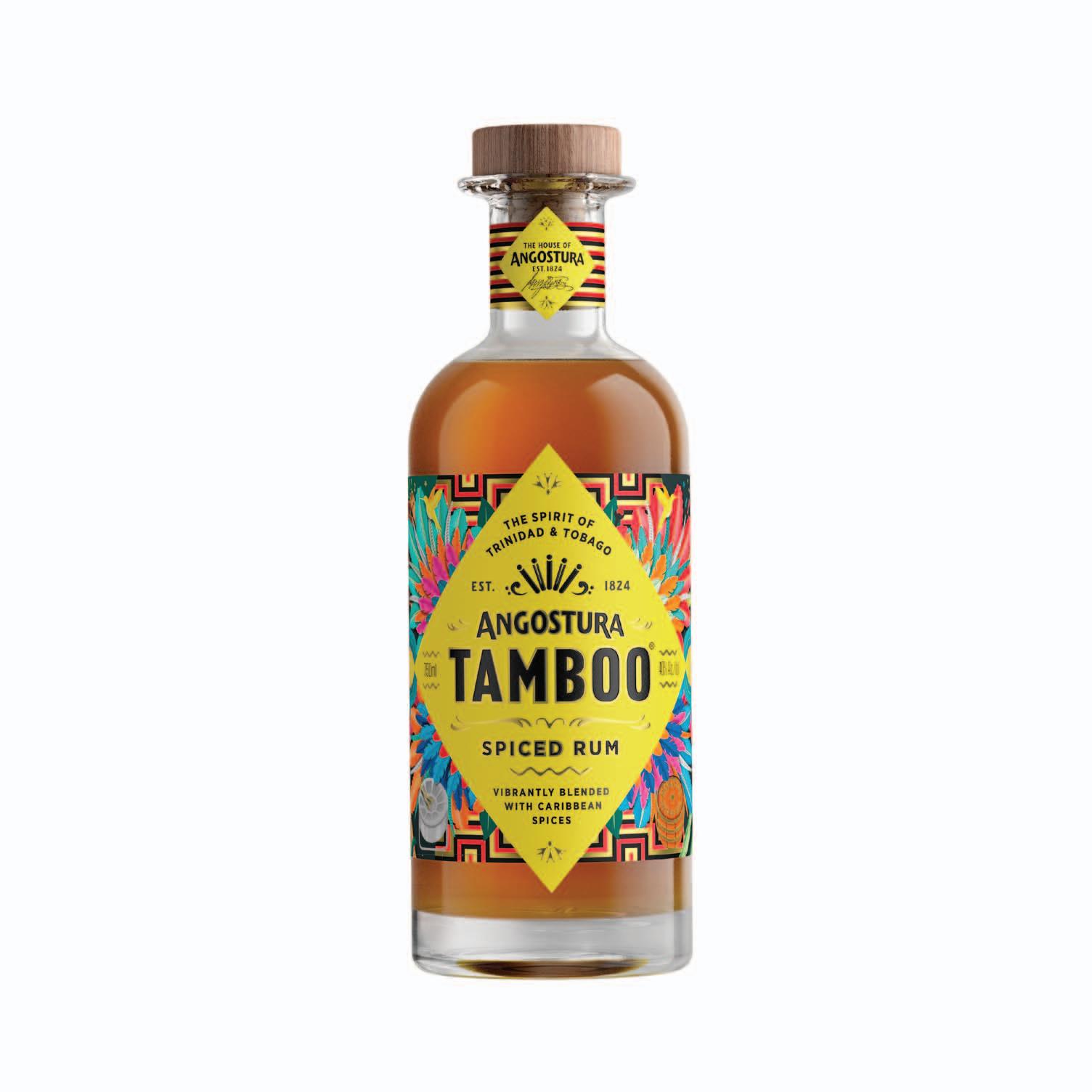




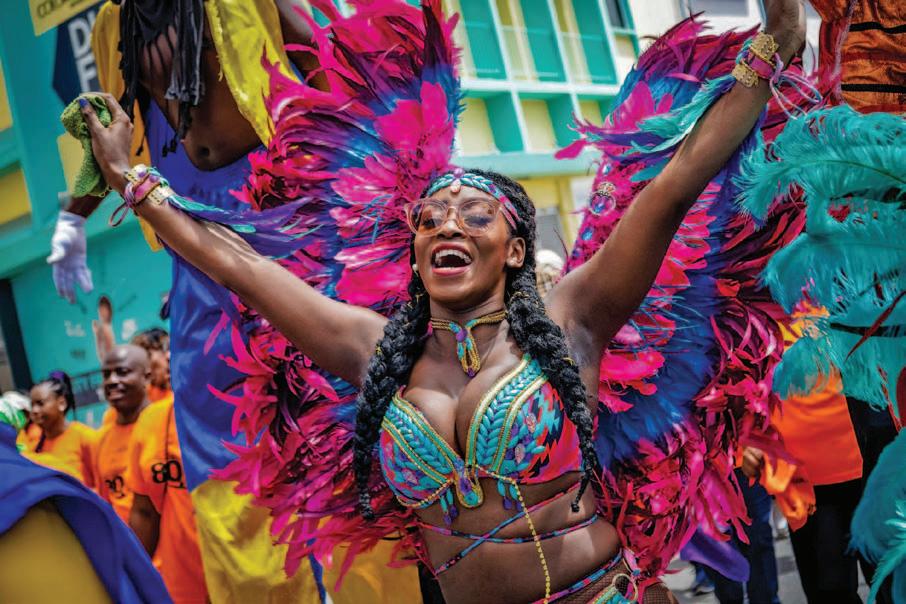



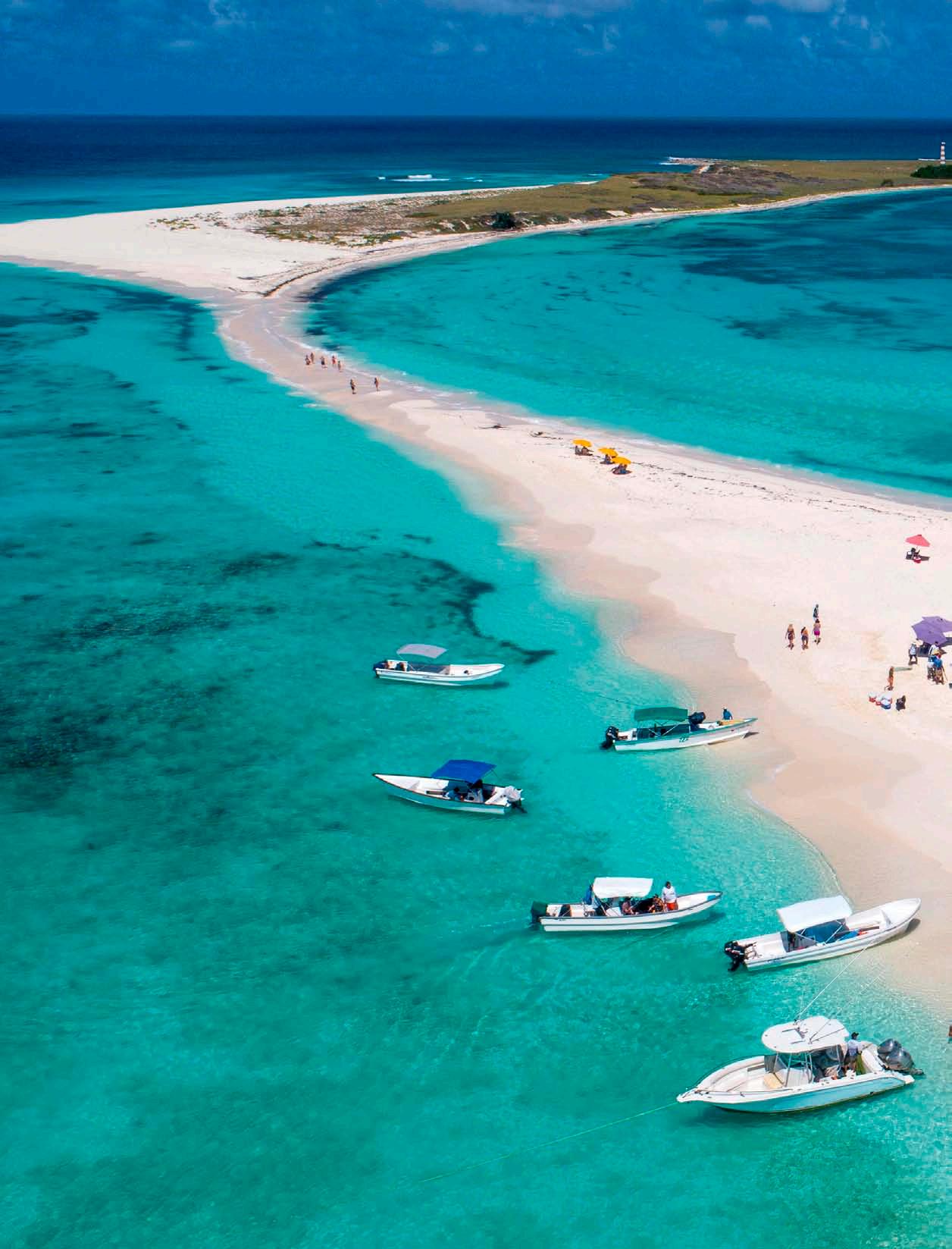
14 WWW.CARIBBEAN-BEAT.COM GUS TA VO AD O LF O R OJ A S S E GOV IA /A LAM Y ST O C K PHO T O wish you were here
Los Roques, Venezuela
A beach to yourself (or close to it) isn’t unimaginable in Los Roques. New friends might take the form of an observant heron, shy crabs, empty conch shells, lizards, and coral sculptures. Located in the Caribbean Sea off Venezuela’s north coast, mangroves, coral reefs, and seagrass beds rule the archipelago’s ecosystem, which brims with biodiversity. Hundreds of square miles of reefs, a shallow lagoon, numerous cays, islands, islets, and sandbanks have made this both a national park and a Ramsar site — a designation given to wetlands of international importance. And, fun fact: 90% of lobster consumed in Venezuela is produced on Gran Roque.

WWW.CARIBBEAN-AIRLINES.COM 15
Don’t miss
One of the greatest reggae and dancehall music festivals in Jamaica is back! Reggae Sumfest (16–22 July) showcases the island’s indigenous music (and other genres), which continue to influence chart-topping music around the world. Remember Tessanne Chin (Caribbean Beat issue 126 cover girl), winner of American reality TV competition show The Voice? She’s performed at Sumfest, in addition to countless internationally known Jamaican artists like Lila Ike and Protégé. Christened “The Return”, Reggae Sumfest rhythms will rock Montego Bay with its All White Blitz party; Sound System Explosion; Beach Party; and main concert events. Tommy Lee Sparta, Gyptian, Tanya Stephens, Romain Virgo, Morgan Heritage, and more stars are set to mesmerise.

WWW.CARIBBEAN-BEAT.COM 16
Essential info about what’s
COU RTE SY R E GG AE S U MFE S T
event buzz
WHERE SUMMER VIBES BEGIN

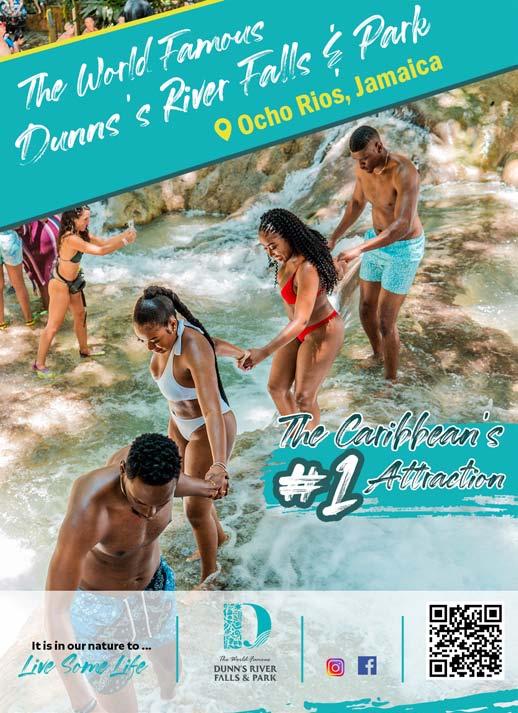






WWW.CARIBBEAN-AIRLINES.COM 17
AC Hotel Kingston, 38-42 Lady Musgrave Road, Kingston 5. BOOK NOW! T. 876.750.3000 sales@achotelsjm.com www.achotelkingston.com
Festival time
It’s time for another explosion of Caribbean carnivals, where music, dance expressions, heritage showcases, and creative costumes do all the talking! Check out Vincy Mas (until 11 July), St Lucia Carnival (1–19 July), Antigua Carnival (27 July–8 August), and Grenada’s Spicemas (1–15 August), plus Toronto’s Caribana (3–7 August) and London’s Notting Hill Carnival (27–28 August).


Special, fixed price menus showcase the versatile sweet potato at St Kitts & Nevis Restaurant Week (13–23 July). The islands’ “Summer of Fun” continues with Nevis Culturama (27 July–8 August) and Caribbean Premier League (CPL) matches in St Kitts (23–27 August). The St Kitts & Nevis Patriots are the defending champs!
The calabash is a symbol of strength, versatility, and resilience — all characteristics imbued in calabash products like musical instruments, kitchen items, and fashion accessories. Aptly, the Montserrat Calabash Festival (16–23 July) commemorates the anniversary of the catastrophic 1995 eruption of the Soufrière Hills volcano.
WWW.CARIBBEAN-BEAT.COM
18 event buzz COUR T E S Y MO NTS ERR AT TOUR ISM D I V ISI O N
ACHPF/S H U TT ER ST O CK C O M
Enter a time capsule at the Tobago Heritage Festival (mid-July through 1 August) — a showcase of each community’s rich traditions, with cultural shows, dance and music performances, and so much more.
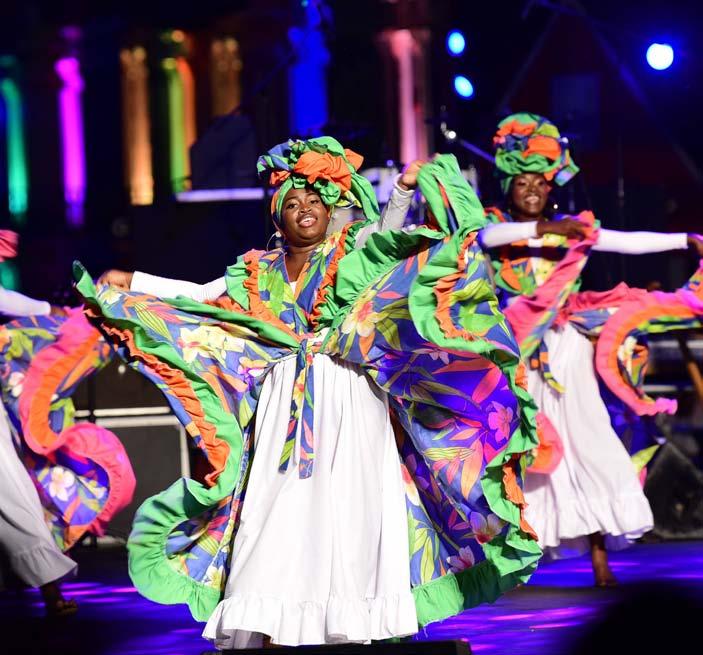
Over in neighbouring Trinidad, the island’s oldest active choral group, the Marionettes Chorale — founded in 1963 — will be Celebrating 60 with concerts in Port of Spain and San Fernando (14–16 July).

19 WWW.CARIBBEAN-AIRLINES.COM COU RTE SY T H E M ARI O NETTE S CHO RALE COUR T E S Y TO BA GO BEYO ND event buzz
The end of the sugar cane harvest is marked by the months-long Crop Over festival in Barbados. Street markets, food festivals, exhibitions, parties like Soca on the Hill (30 July) and the Kadooment Day (7 August) grand parade are just some of the festivities.
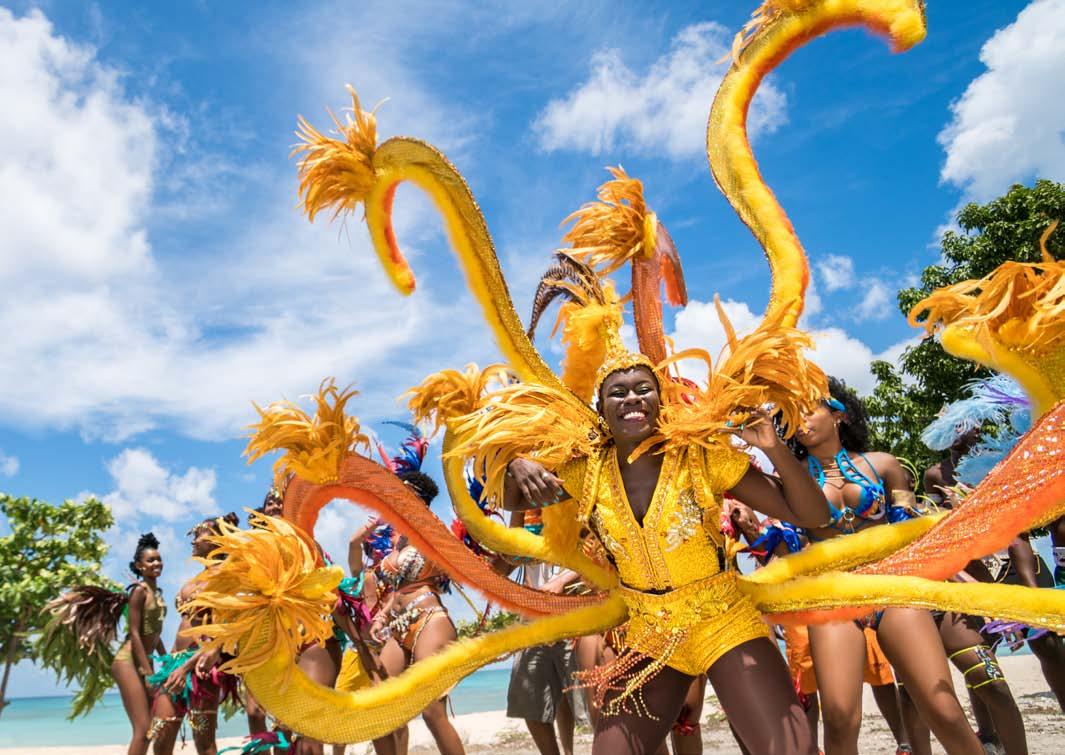
Can you think of 25 different ways to prepare breadfruit? Literally, one for each variety found on St Vincent & the Grenadines? The fruit forms part of the country’s national dish of roasted breadfruit and fried jack fish. Through the month of August, the Breadfruit Festival presents innovative ways to prepare it, alongside other cultural activities.
Dozens of speedboats take off from Trinidad in hope of winning their class and the title of the “fastest boat to Tobago” at T&T’s Great Race (19 August). Some of the best vantage points include beaches and lookouts along Trinidad’s north and Tobago’s west coasts.
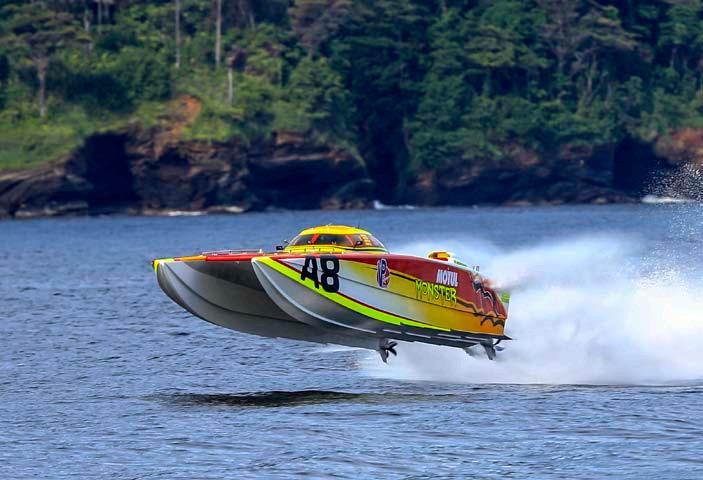
20 WWW.CARIBBEAN-BEAT.COM
COUR T E S Y BTMI/ VISIT B A R BAD O S N ICH OL AS B HAJAN event buzz


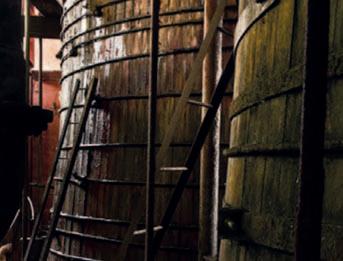
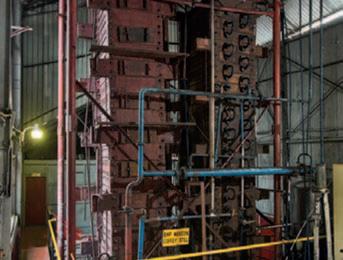
ADVERTORIAL
The CPL (16 August–24 September) — aka “the biggest party in sport” — returns with nonstop action both on the pitch and in the stands, with fixtures in Barbados, Guyana, St Kitts & Nevis, St Lucia, and Trinidad & Tobago.

Across the English-speaking Caribbean, Emancipation Day (1 August) events commemorate the end of enslavement. Communities celebrate African heritage through a range of activities — from performances and processions, to rituals and remembrances. Trinidad’s Lidj Yasu Omowale Emancipation Village houses the largest collection of African-inspired art, craft, jewellery, clothing, and food, while spotlighting cultural talent.
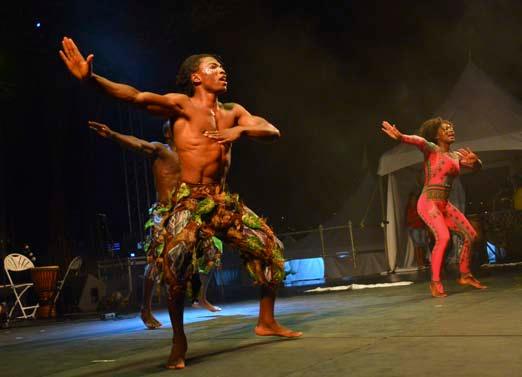
In Guyana, Jamaica, Suriname, and Trinidad & Tobago, Hosay festivities — Caribbean forms of Islamic Muharram observances commemorating the deaths of two of the Prophet Muhammad’s grandsons — run over 10 days in late July, culminating in processions with infectious tassa drumming, and colourful tadjahs (replicas of tombs) and crescent moons spinning on the shoulders of the faithful.
Event previews by Shelly-Ann Inniss

WWW.CARIBBEAN-BEAT.COM 22 COUR T E S Y EMANCIPATI O N SU PP OR T CO MMITT EE O F TR INIDAD & TO BA GO event buzz COUR T E S Y CP L T20 LTD
COUR T E S Y A N U LAKHAN V IA FL ICK R (CRE ATI VE CO MM O NS )

Common celebration of sport
Rising athletic stars from across the region will test their mettle against the best in the world at the Commonwealth Youth Games this August. Sheldon Waithe takes us inside Trinbago 2023
When Carnival takes to the streets of Port of Spain on 4 August, it won’t be the legendary festival getting a head start on its 2024 edition, but rather a celebration to signify the opening of the seventh edition of the Commonwealth Youth Games (CYG). And just like Carnival, it will be massive both for hosts Trinidad & Tobago and for the Caribbean.
The senior Commonwealths are known as “the friendly games”, a characteristic that has passed on to the youth version — together with the fact that, once on the starting line, friendliness gives way to an all-out battle for medals.
Some great names first announced themselves to the world at the CYG — including Grenadian Olympic gold medallist Kirani James. And many of the more than 1,000 athletes competing across the seven venues
this year will represent the future of their given sports.
Trinidad’s world-class facilities like the National Aquatic Centre and National Cycling Velodrome, together with idyllic settings like Tobago’s famous Pigeon Point (where beach volleyball will be held), will come alive with performances that are sure to delight the crowds.
But there is also the important long-term benefit that hosting the CYG offers for the islands: the chance to showcase these state-of-theart arenas to the world. The CYG forms part of a major sports tourism thrust in the country — a key reason, within the framework of economic diversification, that these facilities were constructed over the past decade. Now — after a year’s delay due to Covid-19 — it’s time for their proper housewarming party.
Partying is something that Trinbagonians do best, and away from the intense competition, visiting teams will enjoy the nation’s beaches, nightlife, liming, and food, while also taking part in Commonwealth workshops designed to share information and sow interest in the many career paths available in sport.
Using the CYG as a hub of activity, sports management, communication, marketing, and a host of other subjects will help form the Commonwealth leaders of tomorrow — across a myriad of roles. This fulfils one the main aims of the CYG: connection and collaboration for a better tomorrow.
Another major step forward for the Trinbago 2023 event will be the inclusion of para-athletes as part of the athletics programme, creating a wonderful platform for the Caribbean region to develop this area of global sport at both junior and senior levels.
Rugby sevens, FAST5 netball, athletics, cycling, swimming, beach volleyball, and triathlon will enthral spectators for one week and create a legacy for years — including T&T’s ability to host major multi-sport events.
Regional fans can look forward to Jamaica’s Tramaine Todd and Alana Reid and The Bahamas’ Jamiah Nabbie in 100-metre and 200-metre sprints; rising star Ashlyn Simmons (Barbados) in the 1500 metres; and Guyana’s javelin thrower Anisha Gibbons.
The Bahamas team will seek precious metal in the pool after dominating regional competition in recent years — as will T&T’s standout swimmer Nikolai Blackman in front of his home crowd.
For the young athletes of the Commonwealth nations, the future is now.
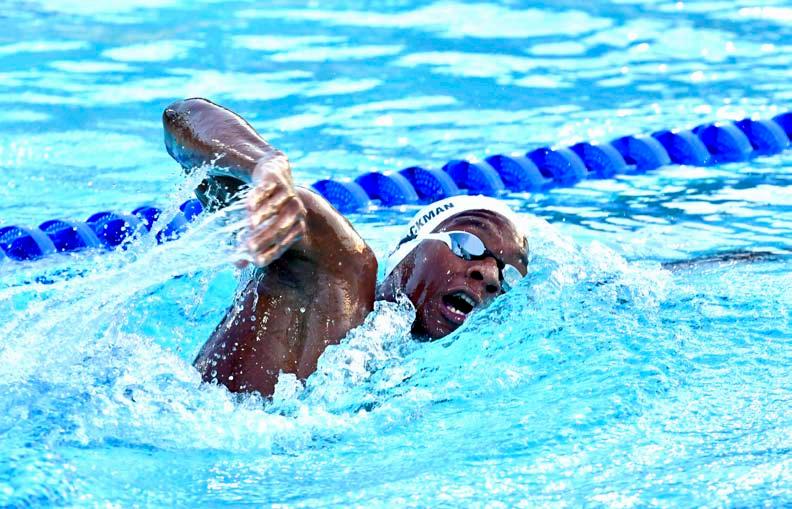
24 WWW.CARIBBEAN-BEAT.COM sports buzz
Trinidad & Tobago swimmer Nikolai Blackman
COUR T E S Y CO MM O N WE A L TH Y OU TH GAM E S

This month’s listening picks from the Caribbean
 Reviews by Nigel A Campbell
Reviews by Nigel A Campbell
Destra

Unchained (Krazi Music)

Destra Garcia has been described as the “queen of queens”, and justly so. Approaching a milestone 25-year soca career, this bona fide star has moved beyond “Bacchanal” for her deserved titles. This album — her 16th, which she says may be her last full-length album (one remains unconvinced) — captures the singer at her most varied. It features 15 original tracks and one remix that cover the usual soca lyrical tropes: risqué fantasy and carnal desires, love and relationships, Carnival and bacchanal. The postpandemic return to playing mas, meanwhile, makes “Never Gonna Let You Go” a pop-flavoured soca favourite that works well here. Groovy tempos dominate the first half of the album, with sonic references from wider Caribbean and Latin American genres, increasing in intensity with each tune. Unchained climaxes with a Spanishspeaking Destra declaring nada mas del fuego. Nothing but fire, indeed. Caliente and limitless, Destra — like this album — does not disappoint.
élan parl¯e
47 On Strand Cape Town (Parlemusik)

The album title references an address in Cape Town, South Africa, and a point of reflection and unique perspective for a Trinidadian wanderer there. In this instance, that explorer is the architect of 21st century kaisojazz (calypso jazz): Michael Low Chew Tung, élan parlē, himself. From his vantage point, literally in a hotel across the street, he mined the influences gained from seeing, hearing, and being there. The energy of the street, the vista of Table Mountain in the distance, the percussion and sounds of a distant Africa move his compositions towards a new centre for musical innovation. Continuing the exercise of expanding the vocabulary of kaisojazz — begun in his 2013 album, I Am Élan Parlē — the music here occupies a contemporary jazz profile. Tunes like “Load Shedding” and the title track don’t burden the listener with complex solos, but marry the sonic aesthetic of island elegance with a modern African presence for expanded possibilities.
Yann Cléry is a flautist and singer from French Guiana whose music explores Antillean Créole culture while fusing modern break beats, drum and bass, and electronica to create on this, his second album, “12 tracks for an Electropical journey”. Beyond portmanteau word descriptives, YANN SOLO is a revelation for listeners of world music, jazz, and modern dance music. The compositions here excite in their ability to weave these genres into a new blend without being generic or monotonous. Beyond the technical proficiency of his playing, excellently showcased on a triplet of brilliant solos — “XX Feu XX”, “XX Eau XX”, and “XX Vent et lune XX” — the messages in the songs, many sung in English, showcase a committed commentator aware of his place in a world as a Black man first, a French citizen second. On “French Accent”, Cléry takes no prisoners telling his English antagonist — who doesn’t like his accent — Excuse my French, but … You know the rest.
On her new single, Grenadian singer and songwriter Sabrina Francis sings a celebratory yet supportive anthem to women everywhere. What’s your name, what you do, where you from, what’s your complaint? / Queen of the era, Mother of the year. A lilting zouk-flavoured accompaniment sways with Caribbean flair, and moves along this song of hope in search of answers without being insipid. The refrain, sung in Yoruba — Oju aye lo kan mi — translates to I am touched by the world. The recording has an intimacy that connects the singer directly to her subject. High production value with harmonised voices adds atmosphere, and signals the ease of joining in singing the verses proudly. It also makes this song an example of the potential to connect female singers across the Caribbean in a regional chorus celebrating a common theme. One line — Hey gorgeous, you know they look up to you / So be yourself and love them endlessly — resolves that idea beautifully.

WWW.CARIBBEAN-BEAT.COM 26 music buzz
Yann Cléry
YANN SOLO (WHY Compagnie)
Sabrina Francis Single
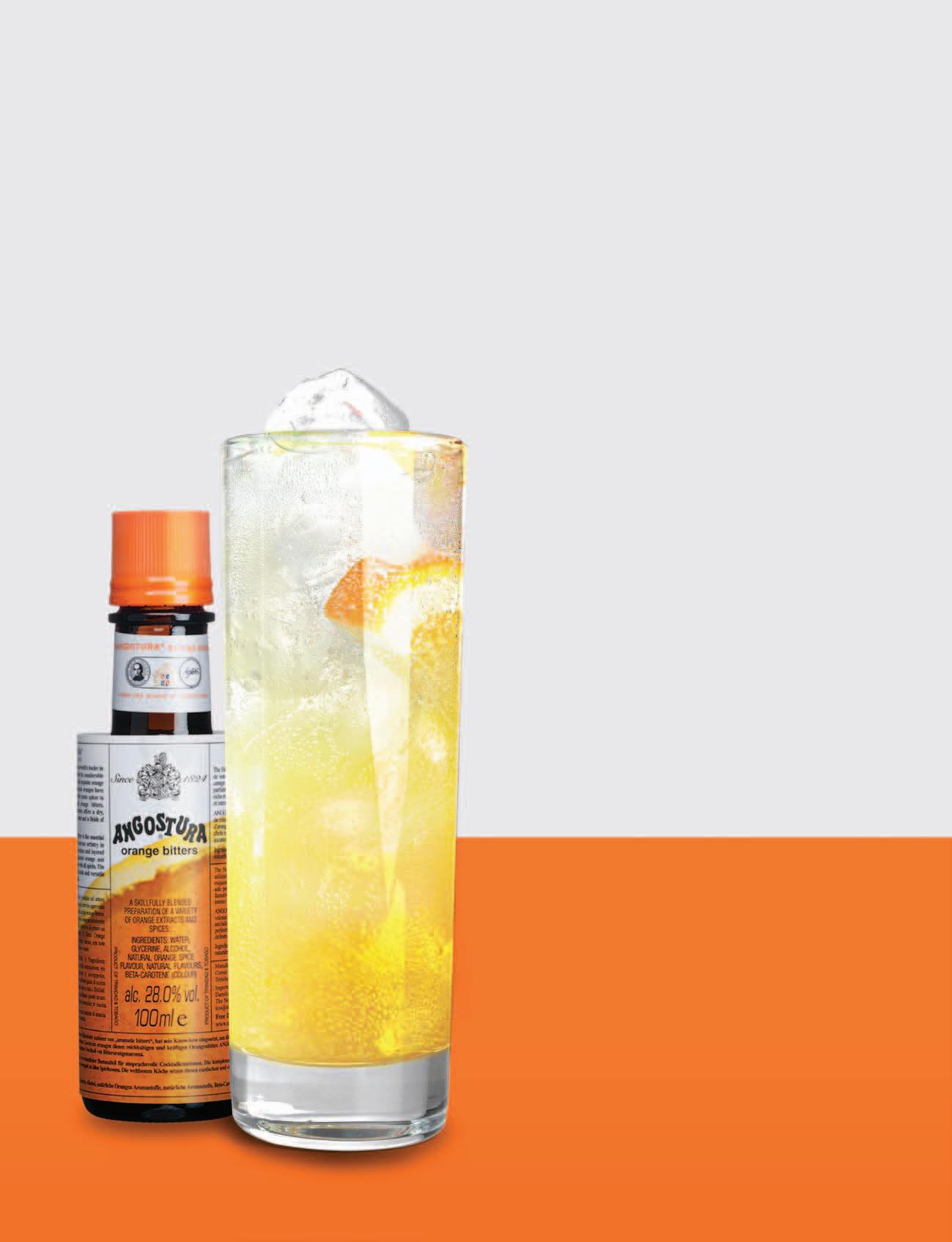




This month’s reading picks from the Caribbean
 Reviews by Shivanee Ramlochan, Book Review Editor
Reviews by Shivanee Ramlochan, Book Review Editor
Fire Rush
by Jacqueline Crooks
(Jonathan Cape, 352 pp, ISBN 9781787333635)
Yamaye knows the dance floor is a dangerous place to lose your mind. Her hometown, Tombstone Estate, holds no allure for her or her clubgoing friends Rumer and Asase, who all need to feel more of themselves than life in 1970s West London allows them. Divided between respectability politics and the call of her subterranean desires, Yamaye chooses rhythm: what will she do when those dub beats skitter out of her control?
Triangulating London, Bristol, and Jamaica through the seventies and eighties, Fire Rush is a percussive, sonorous infusion of history and culture, set to music that chants down Babylon in anthemic glory. Shortlisted for the 2023 Women’s Prize for Fiction, Jamaican-born, British-based Crooks’ debut novel insists on impenetrable sound as its through-line. Amid riots and post-Windrush instability, lyrics and syncopation wind up the prose — turning it sweeter, sharper.

Blackgirl on Mars
by Lesley-Ann Brown
(Repeater, 300 pp, ISBN 9781914420283)
No Black woman is asked to be a seer without sacrifice. For Brown, navigating the brutal morass of a United States in which Black men’s bodies are proven disposable, home felt further away than ever before. Then as a longtime resident of the archly titled “progressive Europe”, how would Brown confront a necessary return to Trinidad & Tobago for her grandmother’s funerary rites? Building on the authentic strengths of her creative non-fiction debut, Decolonial Daughter, the memoirist invites an equal tonal indomitability into her second book, while never short-changing herself or her readers on stunningly vulnerable scenes. These potent revelations — of thwarted domestic havens and ayahuasca-fuelled clarities — have both deep personal significance and profound universal resonance. To live both globally and with mindfulness: this is what Blackgirl on Mars radically achieves.
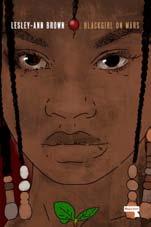
A Sun to be Sewn
by Jean D’Amérique (Other Press, 160 pp, ISBN 9781635422825)
What dreams might possibly fill the pages of a violencesaturated diary? Don’t let the slight dimensions of A Sun to be Sewn, translated from the French by Thierry Kehou, deceive you. Here, the reading is as lyrical as it is devastating. Not a poetic word of D’Amérique’s depiction of Haitian slum life is wasted. His narrative centres a young girl of unstable parentage in the cheerless custody of a prostitute mother and a manipulative ersatz father figure. Conjuring streets where bullets are easier to procure than books is a central mission of the novel, written with prose that glitters in its depictions of squalor, criminality, and assault. Implosive in its refusal to turn away from these horrors, the novel foregrounds poetry’s imperatives as transformative: our 12-year-old protagonist channels each atrocity she witnesses through metaphor’s incontestable lens.
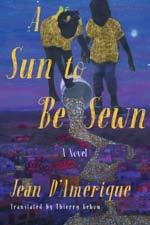
Writing Gender into the Caribbean: Selected Essays 1988 to 2020 by
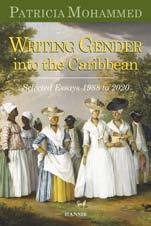 Patricia Mohammed
Patricia Mohammed
(Hansib, 720 pp, ISBN 9781912662333)
Four decades of gender studies in the Anglophone Caribbean necessarily reflect a non-linear, composite trajectory. These essays chronicle and celebrate the diversity of sources in which their theories are rooted. Drawing on a lifetime of pedagogy, feminist praxis, cultural pioneering, and community creating and sustaining, Mohammed’s Writing Gender into the Caribbean is a formidable reckoning of a text. Spanning generations, examining movements, explicating rituals, surmounting easy biases, this academic work is both societal blueprint and an archive of the region’s gender policies and practices, presented by one of its most significant theorists. IndoCaribbean feminisms; the fracturing masculinities of award-winning cinema; sexual persuasions in Trinidadian calypsos of the 1920s and 30s … to map the frontiers of these essays is to be amazed at the interdisciplinary terrain they claim.
28 WWW.CARIBBEAN-BEAT.COM
book buzz

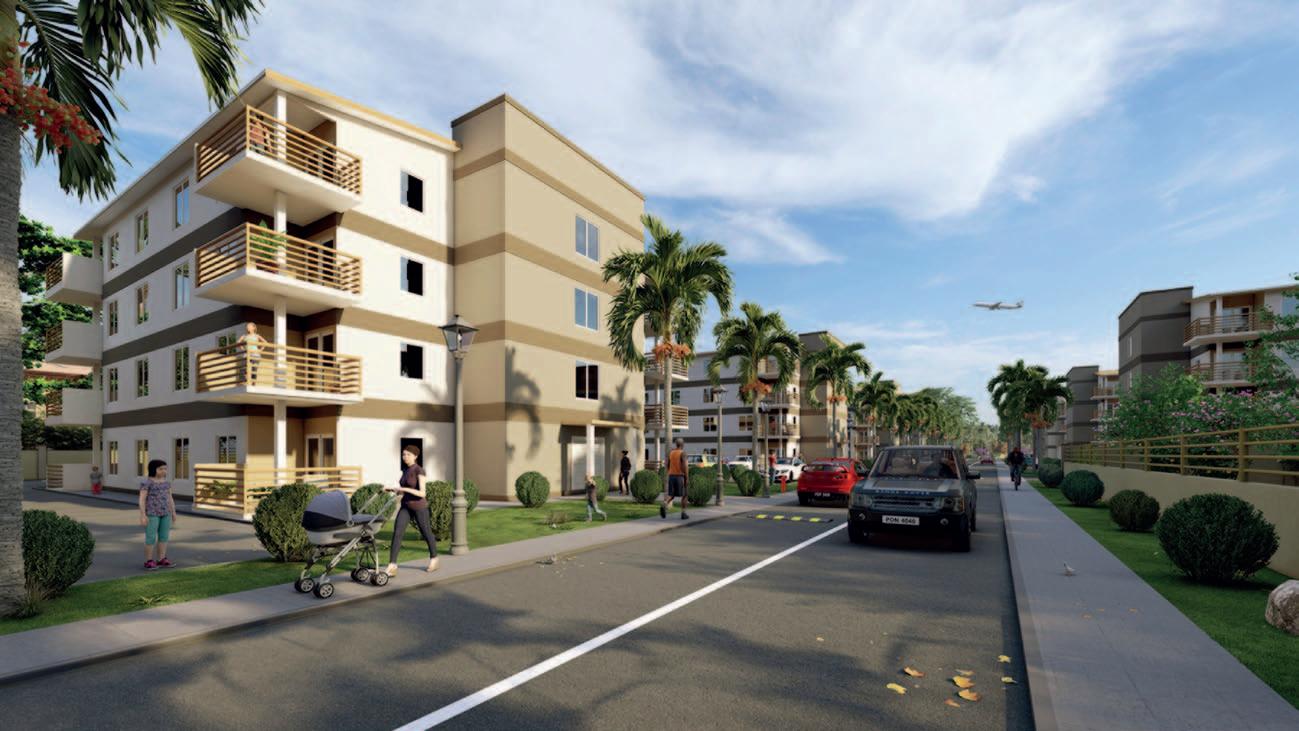



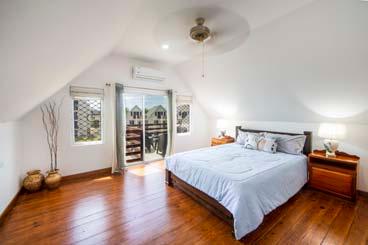


29 WWW.CARIBBEAN-AIRLINES.COM Tobago Properties For Sale Call or WhatsApp (868) 620-4382 / (868) 302-5849 Shazim Ali – Property Developer 5 Bedrooms – Ocean Front TT$2.7m Crown Point 3 Bedroom Condos – TT$1.65m 2 Bedroom Condos – TT$1.35m Shirvan Road
It’s never been about trends here — the varied and flavourful traditions of plant-based Caribbean diets were born out of our diverse histories and faiths. From Ital
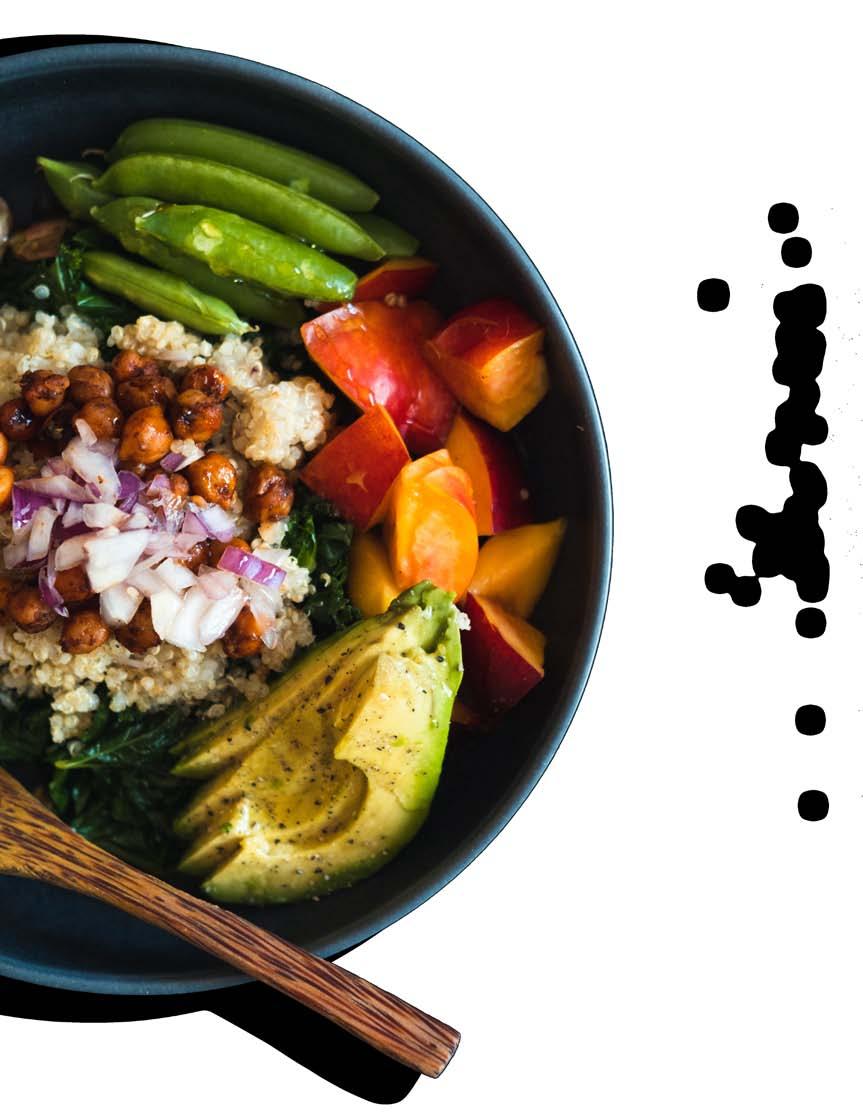
CARIBBEAN THE DEEP ROOTS OF VEGANISM W
hen I was a practising chef, I purposely over-delivered and exceeded the expectations of my vegan clientele. I’ve never made nor served a (lazy) veggie skewer. And why would I, when growing up in the Caribbean exposed me to numerous Ital and Indian dishes? To this day, I make a mean curry
I remember having my mettle tested by a client who requested a gluten-free, vegan 10-course tasting menu. It’s been 18 years, and I’m still

We have a storied history of vegan eating in the Caribbean. Don’t let anyone tell you otherwise. Whether informed by the enslaved or the indentured, our heritage of plant-based eating is incontestable.
On plantations, those who tilled the field had to nourish themselves with scraps and transform hearty greens — like callaloo — into “more-ish”, palatable dishes. When the first Indian indentured labourers arrived in the Caribbean in 1838, they carried with them the deft handling of curries, legumes and vegetables, which made an indelible mark on Caribbean cuisine. Where would we be without buss-up-shut (paratha roti) and dhal?
By the 1930s, Caribbean veganism had a new influence — Rastafari. Sometimes called Rastafarianism, the religion — which now boasts an estimated one million followers — began in Jamaica. Rastafari believe in living a pure and natural lifestyle, consuming only “ital” foods.
30 WWW.CARIBBEAN-BEAT.COM
COU RTE SY S O NN Y M A U RICI O V IA UN S PLA SH cookup
aughn Stafford Gray tells us more while whetting our appetite with some of his favourites
Ital foods are natural, whole, unprocessed, and free from salt, additives and chemicals. For so long, Ital cuisine was pigeonholed as comprising merely variations of Ital stew. I remember when, as a teen, my eyes were opened to the breadth of Ital cuisine.
My taste buds were electrified by the flavours of roast yam doused in escoveitch sauce, savoury pumpkin fritters fried in hand-made coconut oil, and delicious orbs (Ital balls) made of millet, sweet potato, and red lentils.
Five years ago, I was (once again) hypnotised by Caribbean vegan food at the award-winning STUSH in the BUSH, located in the hills of St Ann, Jamaica. The dining concept, run by husband and wife team Christopher and Lisa Binns, is a true definition of farm-to-table. The couple also operates Zionites Farm, from which they get the majority of their seasonal menus’ produce.
During my first visit, I marvelled at pumpkin chips with cashew ricotta dip, made in-house; ate an unforgettable carrot gravlax (faux cured salmon) that I’ve dedicated my life to recreating; and had mouthfuls of ripe plantain ceviche — yes raw, ripe plantain. I proclaimed that I would be vegan if I could eat there every day.
“We lean into vegetables in a way that is wonder-filled, flavour-forward, and celebrates both the beauty of the vegetable and how it can stretch its limits to make you think it is something else,” said Lisa.
“We share what is possible if you show your vegetables love and treat them with respect and refinement,” she added. “Because Christopher nurtures the soil, we have the ability to present the variety of Mother Nature on a plate.”
I’ve always been fascinated by vegetable cookery. My dad used to make a boiled breadfruit salad that is, at least to me, better than potato salad. Growing up, plant-based meals didn’t need a name. Sure, we affectionately called it Ital, but it was just how we ate.
vegan and vegetarian diets, woefully erasing them from what would become the prevailing narrative.
The roots of Caribbean veganism are a complex network of elements informed by religion, shared histories, and economics. In turn, the Caribbean’s economy is impacted by environmental challenges (hurricanes, drought, and other myriad effects of climate change).
This too has informed how we thoughtfully choose to cook or purchase plant-based foods boasting local ingredients. This is not only a more sustainable option — but is often more affordable.
“I grew up eating a mostly plant-forward diet — not by choice, but because we were poor and it was cheaper to grow or buy vegetables,” says Guyanese-born Althea Brown. She now resides in Denver, Colorado, and runs the popular Caribbean culinary blog and Instagram account Metemgee. Via email, she shared her experiences with vegan eating growing up in Georgetown.
“Many of the meals I ate as a teen were vegetable stews,” she explained, “like fried balanjay (eggplant) over rice, okra and dhal and rice, or even callaloo cook-up rice.”
During the summer of 1998, my parents consented and installed cable television. Cue: my obsession with the Food Network. During a programme’s episode (the name of which I can’t remember), the host cooked a vegan dish. It was my first time hearing the term “vegan”, and I thought it would introduce me to a whole new world.
But what I saw was quite familiar to me — Ital cooking. I was confused. How could modern veganism — something rooted in African, Indian, Asian, Arab, and Eastern Mediterranean foodways — get anglicised and rebranded? For that, we can thank Donald Watson.
Watson — a British man who wanted to differentiate between vegetarians who ate dairy and those who did not — coined the term “vegan” in 1944. Watson’s movement ignored centuries of
Brown’s childhood kitchen was influenced by Ital cuisine, a Hindu grandmother, and worshipping at a Seventh Day Adventist church. The Christian denomination’s dietary rule is determined by the same Levitical law that forbids Jews and Muslims from eating “unclean” fish and meat.
“Straddling these three worlds, I noticed that all three groups believed that this plant-forward way of eating kept their minds, body and spirits pure, and connected them to a higher purpose or being,” said Brown.
The roots of Caribbean veganism are centuries old and — like our people — are dynamic, flavourful, and incandescent. Our many influences are like the rivers that flow to meet our Caribbean Sea.
Here on our islands, Mother Nature basks in the tropical breeze eating curry channa and aloo from a calabash. She places her hand on her heart, digs her toes deep into the warm earth, and smiles proudly. Why? She sees herself wonderfully presented on the plate. ■

31 WWW.CARIBBEAN-AIRLINES.COM
Brown’s childhood kitchen was influenced by Ital cuisine, a Hindu grandmother, and worshipping at a Seventh Day Adventist church
FOO D P H O T OGR APH Y F OR B Z/S H U TT ER ST O CK C O M
Traditional Indian meal of dhal and rice
CRICKET CARNIVAL CALLING
Shelly-Ann Inniss previews Guyana’s special celebration featuring two of the Caribbean’s favourite things
tional line-up of regional and international superstars is anticipated to perform at the various concerts and events.

But in addition to the exhilarating cricket competition and Cricket Carnival parties, Guyana’s natural landscapes also beckon. The country’s magnificent waterfalls, diverse wildlife, and breath-taking beauty leave you in an extraordinary state of awe.
Visits to the iconic Kaieteur Falls, Caiman House, Iwokrama Reserve, and — time permitting — enjoying sunsets from the waters of the serene Essequibo River are highly recommended. Forgetting your camera will warrant deportation!
Nothing quite brings the Caribbean together like the two Cs — carnival and cricket. The diaspora and those who briefly stepped abroad quickly find themselves on flights from the farthest corners into the welcome embrace of these two Caribbean staples. “Welcome home” takes on a different meaning when sitting in the stands at a Caribbean Premier League (CPL) cricket match, soaking in a mix of Caribbean accents, Caribbean music, and Caribbean sporting excellence.
With Guyana hosting the CPL semis and finals for 2022–2024, the dream
opportunity to combine T20 cricket and carnival came true last year when cultural performances, art shows, music showcases, culinary safaris, and more kept patrons very busy at the nation’s first Cricket Carnival.
Headline acts included worldrenowned soca artist Machel Montano, dancehall queen Spice, dancehall artist Skillibeng, and Guyana’s sweetheart and Cricket Carnival ambassador Timeka Marshall; while glitz, glamour and revelry took centre stage at the street parade through Georgetown.

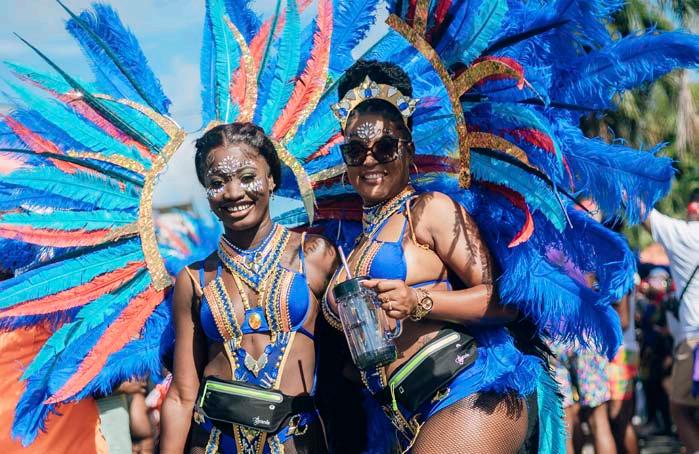
Now in its second year and returning this 12–26 September, another sensa -
Make sure to fuel your festivities by immersing yourself in the flavours of Guyanese cuisine, particularly at the Regional Food Festival — one of the main highlights of the Carnival. A sumptuous variety of Guyanese delicacies and delectable street food takes you on a culinary journey embracing gastronomic traditions of both Guyanese and regional cuisine. Of course, chicken curry or curry chicken is still an ongoing debate, but when you taste authentic Guyanese food, two things might be on your mind: getting the recipe, and gorging on multiple servings without looking too greedy.
Overall, Cricket Carnival offers an unparalleled experience: basking in the exhilarating vibes from the CPL games and the irresistible Carnival atmosphere outside the stands, while enjoying the culinary dexterity of local vendors, and the warmth of Guyanese people and their culture … all against the backdrop of the country’s stunning beauty. No wonder many consider the last two weeks of the CPL the ultimate cricket extravaganza. ■
32 WWW.CARIBBEAN-BEAT.COM
COUR T E S Y G UY ANA M INIST RY O F TOUR ISM I ND U ST RY & CO MM ER C E V IA C A R IBB E AN A I RL IN E S COUR T E S Y G UY ANA M INIST RY O F TOUR ISM I ND U ST RY & CO MM ER C E V IA C A R IBB E AN A I RL IN E S word of mouth

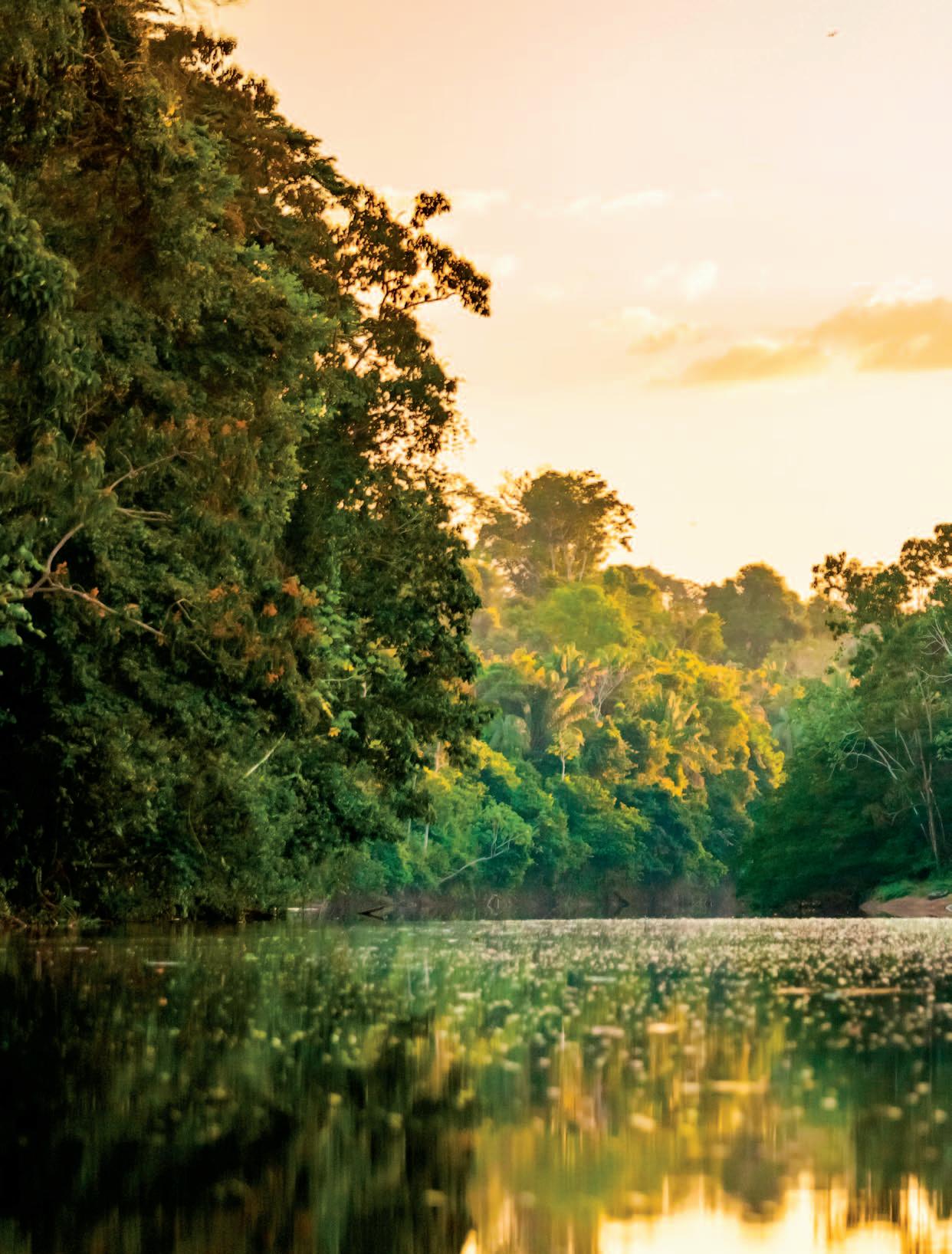
34 WWW.CARIBBEAN-BEAT.COM bucket list M ARCEL B A KK ER / S HU TTER S T O C K. C O M
R AINF O RE STS O F S U RINAME
Like neighbouring Guyana and French Guiana, Suriname — with its population of 570,000 concentrated near the Atlantic coast — retains vast areas of wilderness, with 80% of the country still covered with tropical rainforest — a canopy of green stretching as far as the eye can see, home to uncounted species of flora and fauna, threaded with hundreds of rivers. This wilderness region is also home to indigenous Amerindian and Maroon settlements, and a handful of rustic lodges — some of them community-run — where visitors can experience both the thrill and the calm of nature at its most intense, less than an hour’s flight from Paramaribo.

35 WWW.CARIBBEAN-AIRLINES.COM
THE PHOENIX OF THE ARIMA VALLEY
To trace the history of the Asa Wright Nature Centre — one of the region’s finest birdwatching sites — is to understand the wider history of eco-tourism in Trinidad, Janine Mendes-Franco discovers. Now, as the refurbished Centre begins a new chapter following its near collapse during the height of the pandemic, it may well point the way to the island’s eco-tourism future
On 12 April, 2023 — 131 years to the day Asa Wright (née Guðmundsdóttir) was born in Laugardalur, the “hot spring valley” of Iceland — I made the trek to another spring, nearly 4,500 miles away from her homeland. Spring Hill Estate — now the Asa Wright Nature Centre (AWNC), nestled in the lush Arima Valley rainforest — was purchased by Asa and her English husband Henry Newcome Wright in 1946, soon after they arrived in Trinidad.
Much has changed since those early days. Some of the bluffs beyond the Centre’s ambit are scarred from quarrying. The Arima-Blanchisseuse access road is precarious in parts, the result of questionable farming practices and the regular passage of heavy vehicles. And yet, as I walk the attentively maintained trails of the property, I get the sense that the important things endure.
How Spring Hill became an internationally treasured, enduring nature lodge — against seemingly insurmountable odds — is a story that meanders like the Arima River, widening its delta as it flows, extending its reach.
After Henry’s death in 1955, Asa continued to run the estate despite dwindling profits from the sale of cocoa, coffee and citrus. Ever resourceful, she began taking in guests — mostly scientists associated with the New York Zoological Society — visiting on the recommendation of her neighbour, naturalist Dr William Beebe. A bond between hospitality and conservation
was born — out of a love for the untouched beauty of the valley, the biodiverse wildlife wondrously observed within its bounds, and the friendships forged on the house’s verandah.
Love, as it is wont to do, spurred action. In 1967, four years before Asa’s death, faithful friends of Spring Hill — mostly based abroad — raised the funds to acquire the property and establish the Asa Wright Nature Centre in trust as a wildlife sanctuary. It would not, however, be a typical undertaking.
In addition to protection and preservation, the AWNC was to model an ecologically sustainable relationship between its “agriculturally developed portions” and the surrounding rainforest, while also concentrating on the site’s potential for scientific research and education — the core work of the Trust.
Another objective was to grow the levels of international interest the property was already attracting, thanks in no small part to its array of hummingbirds, manakins, bearded bellbirds, toucans, and rare oilbird colony.
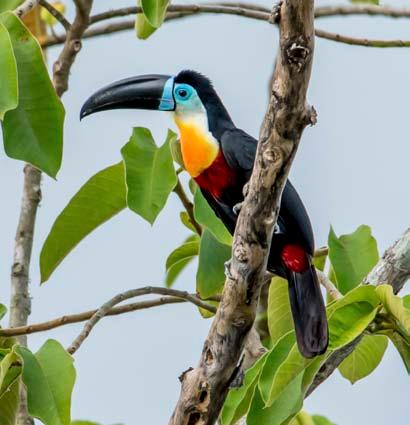
The Arima Valley, however, was not the only part of the island in which conservation consciousness was growing. At the same time the Wrights were putting down roots in Spring Hill, Simon Oudit Nanan — who had been taking people on boat tours of the Caroni Swamp since the late 1930s — was lobbying for the island’s largest mangrove wetland to be deemed a protected area; by 1948, he succeeded.
Sharing similar interests, he and Asa would occasionally meet to discuss issues pertaining to conservation. The connec -
36 WWW.CARIBBEAN-BEAT.COM
COU RTE SY R AC H EL L EE Y OU N G
backstory
tion could have ended there — but this is Trinidad, where trails cross and destinies intertwine, creating something both new and reassuringly familiar in the process.
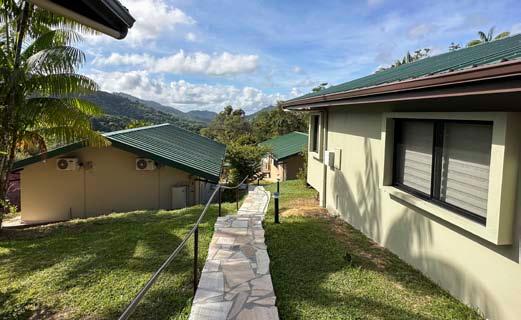

Such commonalities often begin in the most unassuming of ways. Simon Nanan and Charles Hadad were cricket buddies who shared an affinity for the outdoors and had children around the same age. Weekends and holidays spent together exploring the swamp left a lasting impression on two of the kids in particular: Winston Nanan would go on to become a respected, self-taught ornithologist who deepened the work his father had begun; John Hadad pursued engineering but would always turn to nature to decompress.
After the death of his own father, Hadad took the leap into entrepreneurship with his two younger brothers, Robert and Joseph, as a way to support the family. HADCO Limited, initially a food and beverage distribution company, gradually diversified — the most recent addition being its Experiences, which offer customised eco-tourism packages focused on responsible exploration of local flora and fauna, connection with surrounding communities, and preservation of wildlife ecosystems.
“There was a deep appreciation for the offering the country has in terms of its wildlife,” Hadad says. “So HADCO coming back to that was a no-brainer when the RFP went out.”
That Request for Proposals was issued by the AWNC’s Board of Management in September 2021 for the operation of the
ecolodge at Spring Hill Estate. For over 50 years, the Board’s hybrid roles had included environmentalist and educator, researcher and hotelier — not to mention an employer of the surrounding community — with varying degrees of success. And then came Covid-19.
The pandemic was not the first time the Centre was forced to shut its doors. The Black Power Revolution of 1970 caused a nine-month closure and there were others over the years, but none so long or devastating as this. The various threads holding the Asa Wright tapestry together, already tenuous, began to unravel (the Centre currently has a matter before the country’s Industrial Court).
37 WWW.CARIBBEAN-AIRLINES.COM
COU RTE SY H ADC O EX PERIENCE S COUR T E S Y HADC O E X P ER I E NC E S
Opposite page A channelbilled toucan perches on a branch at the AWNC Below Rooms at the refurbished AWNC ecolodge
With a vision of “selling the authentic form of Trinidad & Tobago to the world”, the Hadads became the concession holders for the next 10 years.
“HADCO Experiences at the Asa Wright Nature Centre is our first foray into that, with Mt Plaisir coming on, which was serendipitous too,” Hadad tells me.
For close to three decades, Piero Guerrini ran the beloved Mt Plaisir Hotel in Grand Rivière. Its beach is a major leatherback turtle nesting site from March through August, and its nearby forests are home to the endemic and critically endangered piping-guan (or pawi).
Having become friends with the Hadads after years of them patronising the hotel, they were the first Guerrini approached when he was ready to sell — which happened to be at the same time HADCO Experiences was submitting its bid for the AWNC.
In addition to the revamped rooms and restaurant, many of the upgrades at Mt Plaisir have been location-responsive: marine-grade finishes, a new roof, generator, and modernised drainage system. HADCO Experiences partnered with the Environmental Management Authority and the Trinidad & Tobago Electricity Commission to ensure the area’s street lights use red, turtle-safe bulbs, and it is renovating the community’s tourism office — lodged in a rustic cocoa house — to create a more welcoming atmosphere from which to sell turtle-watching passes and conduct orientation sessions.
The restoration of the AWNC property, meanwhile, has proven a much larger undertaking. The initial budget of TT$7 million (approximately US$1 million) doubled as the works progressed over the course of nine months, but the Hadad

38 WWW.CARIBBEAN-BEAT.COM COUR T E S Y HADC O E X P ER I E NC E S
brothers believe that Trinidad & Tobago has a rare opportunity to be a leader in providing a bona fide eco-tourism experience. “What we have to offer in 2,000 square miles is very potent, concentrated and undiscovered. Any foreigner we’ve brought here, the reaction is always, ‘How is this so amazing and beautiful?’”
Many of the changes to the property are subtle but significant, like burying all overhead lines — it makes you feel off-thegrid. A mobile app provides keyless room entry, and trails will be digitally mapped using a GPS system, with staff carrying tracking devices that facilitate less disruptive communication and allow guests greater accessibility.
Among the green initiatives, solar-powered lights scattered along the undulating pathways to the rooms reduce light pollution. The comfortable, minimalist rooms are cooled by low-carbon emission air-conditioning units accessed through
a United Nations grant programme. The smoke-free lodge recycles everything from paper to cooking oil, and no single-use plastics are permitted; guests can refill their own water bottles at filtered water stations. Water supply to the property is predominantly spring-fed and treated on site.
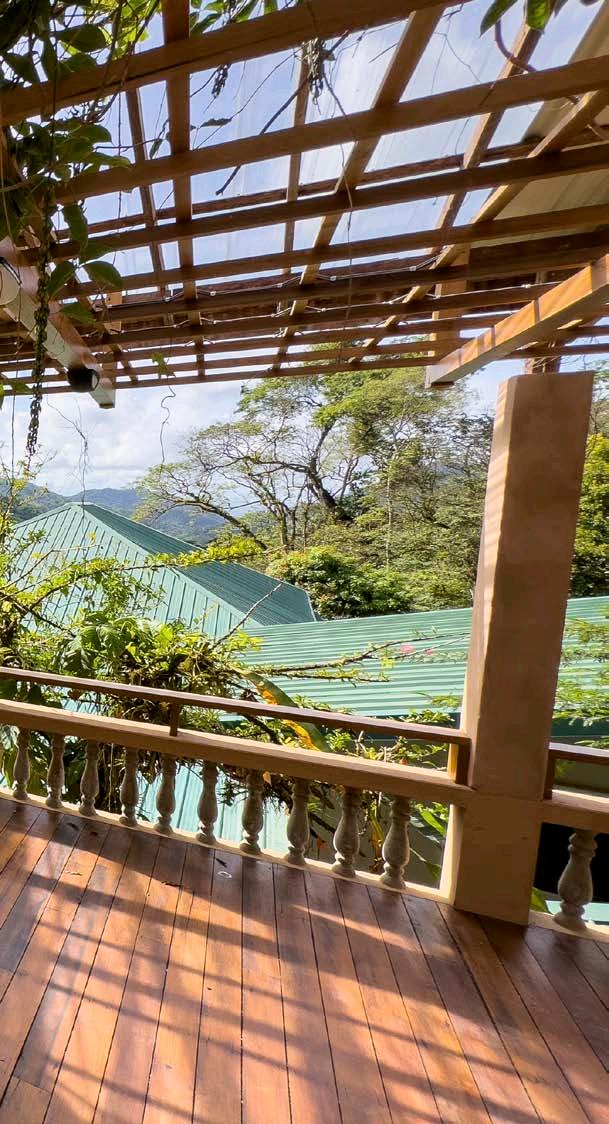
From doors to light fixtures, many original features were saved, not simply out of a desire to preserve the historical integrity of the main house, but to minimise waste. Its tapia walls remain sturdy, untouched by electrical wiring. Damaged fretwork was replicated with such precision that the seams are barely visible. Newcome Wright’s hammock hooks remain where they always were on the western side of the verandah, protruding from two pillars like all-seeing eyes. There are stories here, and the understated refurbishment of the Centre makes space for them to be told.
Though the concrete façades of the Jade Vine Terrace and the security building could use some softening, the built environment otherwise disappears — a supporting actor content to let the real stars shine: 200 bird species, including 18 species of hummingbirds; gold tegu lizards bolting across the leaf litter; timorous agoutis, coats russet in the sun; stunning butterflies flitting from flower to flower — all easily observed from the comfort of the verandah.
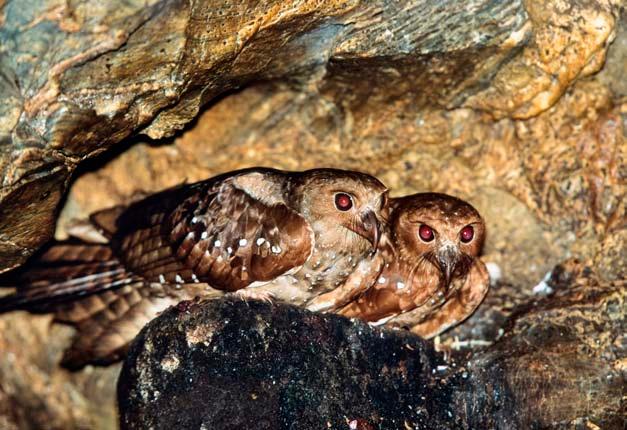
39 WWW.CARIBBEAN-AIRLINES.COM
The various threads holding the Asa Wright tapestry together, already tenuous, began to unravel
I MA G E BR OK ER/A LAM Y ST O C K PHO T O
Above One of the AWNC’s unique attractions is its rare oilbird (Steatornis caripensis) colony Left The Jade Vine Terrace at the AWNC
Beyond it, batimamselles (dragonflies) sassily skimming the surface of the Clearwater Pool; spears of light slicing their way through the canopy of mystical silk cottons and blazing immortelles, the whisper of embracing branches in stark contrast to the guttural blares of oilbirds in their velvet cave.
It’s probably as close to unspoilt paradise as you can get; it’s the reason a 1999 issue of Audubon magazine named Asa Wright one of the world’s best eco-lodges. By positioning the Centre in the upper echelons of eco-tourism — spurred by efforts to secure a five-star eco-resort rating and a Green Key Eco-Rating within a few years — HADCO Experiences is determined to reclaim those laurels.
If they succeed, they will be building on the priceless legacy of the AWNC’s work, marked by key milestones — publications like neotropical ornithologist Richard ffrench’s definitive Guide to the Birds of Trinidad & Tobago (1973); numerous local and regional awards for its efforts towards environmental preservation, including the Caribbean Conservation Association award (1992) and the national honour of the Hummingbird Medal Gold (1993); intermittent purchases of hundreds of acres of surrounding estates and forest reserve to grow the footprint of protected land; partnerships with educational institutions in the pursuit of education and community outreach.
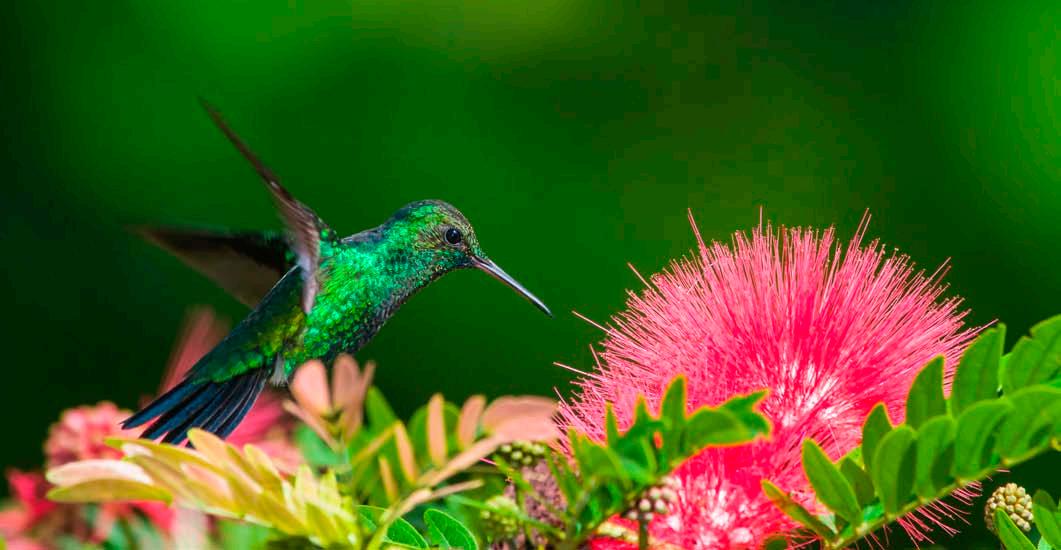
Naturally, there are challenges. Quarrying operations in such close proximity feel counterintuitive to the spirit of Asa Wright — but also underscore the need for the Centre’s survival. Because HADCO Experiences is less about duality and more about co-existence, it takes such issues to the verandah, so to speak.
Engaging in conversation, just like the Wrights and their
guests did on Spring Hill’s breezy balcony, has the power to change things. According to Judith Gobin, current chair of AWNC’s board, conservation does not always require a handsoff approach. Sometimes, it calls for wise use.
HADCO has developed a good rapport with National Quarries, which has already begun conducting staggered blasts to lessen the intensity of the tremors. The state company is also reportedly moving towards more environmentally sensitive excavation methods like trenching, as well as re-greening and other types of hillside rehabilitation.
Despite the positive feedback Asa Wright 2.0 has received from overseas partners, there has been an outcry in the domestic market about pricing, with some suggesting the rates may be out of reach for most locals.
“Premium eco-tourism is an untested market locally,” Hadad counters. “We believe in the financial sustainability of a very pure, authentic, eco model, [and] we are hoping that we could turn a profit within about two to three years.
“HADCO is a for-profit company; we’re very clear about that,” Hadad continues. “But we have always been an organisation that believes sustainability can be better achieved through a combination of for-profit and social conscience … We want to do things the right way.”
In that vein, the AWNC’s education arm, accustomed to facilitating about 3,000 primary level students each year, will resume on-site tours by September at no cost to schools.
Amidst perceptions that the new rate scale is withholding citizens’ patrimony from them, the reality is that without the AWNC being liquid enough to fund its core mission, there may be no patrimony left to preserve. And that may be the most crucial connection of all. ■
40 WWW.CARIBBEAN-BEAT.COM
R IC H W A G NER /A LAM Y ST O C K PHO T O
What we have to offer in 2,000 square miles is very potent, concentrated and undiscovered. Any foreigner we’ve brought here, the reaction is always, ‘How is this so amazing and beautiful?’
A blue-tailed emerald (Chlorostilbon mellisugus) hummingbird feeds on a pink fairy duster (calliandra inaequilatera)


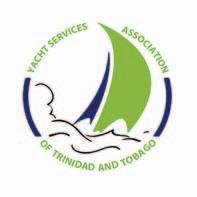
“YOU HAVE TO ENSURE YOU’RE BRINGING EVERYONE ON BOARD”
The Caribbean Community (CARICOM)’s Secretary General Dr Carla Barnett (CBE) on her deep Belizean roots, her passion for her kitchen garden, and her goals for CARICOM as the regional body turns 50 — as told to Shelly-Ann Inniss

When I tell people I like to work in the ground they ask: why would you?
You’ll find that in most parts of the region. It’s our heritage to go to school, so you don’t have to dig dirt. Years ago, I used to say that I like plants because they don’t talk back to you. The thing is, if you give plants too much attention of the wrong kind — the same thing happens with people — they don’t do well. You have to make sure that your time with your plants, family, friends and colleagues is time well spent.
I like to know that if I’m growing vegetables and herbs, I can eat them — people find this strange! Tomatoes, different types of lettuce, swiss chard, cilantro, spices, thyme, oregano, and garlic are in my kitchen garden. I like to put the garlic cloves in my salad.
Other than that, I have lots of hanging ferns and anthuriums in pots. I plant a lot of stuff and have a good time dealing with house plants and the garden. I stay grounded through my family, friends and my plants. I have 150 emails flagged for
follow-up, but you can’t do it 24/7. You have to stop. When I close my eyes, I sleep. I have excellent people who work with me. The emails come, I scan, and I know which ones are follow-ups, what I can send out, and they rotate.
I don’t think about balancing. You just do because you can’t allow yourself to be distracted by things that aren’t relevant in the long run. You have to keep understanding what’s happening but focused on what needs to be done daily.
I don’t know if there’s anything in my role that scares me, per se. I think the importance of planning where you want to go and trying to sort out what you need to do to get there is important.
It’s never a case where you can 100% guarantee that everything will be done. But it’s normally the case that if you plan, you have a better chance of getting it done … We have to learn from what we did before in order to do it better next time and actually achieve what we’re setting out to achieve.
Growing up in Corozal — the Belize district bordering Mexico — I spoke Spanish before English. I still speak Spanish, but not as fluently as I used to because though Belize is bilingual, we’re schooled in English. When I go to a Spanish country, it comes back to me quickly, but I wouldn’t tell anyone I’m fluent.
As a child, we moved around a lot because my dad was a policeman and transferred quite frequently across Belize. I got to know my country well, and since becoming an adult I’ve lived in several other CARICOM countries [Jamaica, Bar-
WWW.CARIBBEAN-BEAT.COM 42
own words
Photography courtesy the CARICOM Secretariat
bados, Guyana, and associate member Bermuda], so maybe I am a person who moves a lot.
In Jamaica, I studied economics as a first degree and then did it again for my master’s degree in Canada, so I’ve also lived there for a little while, too. I then returned to Jamaica to do a PhD in social sciences … It’s difficult to solve a problem from one angle. You must understand the other aspects of society, so I went back to school to learn more about social and political sciences.
When I was appointed as Secretary General (SG) for CARICOM, I was proud. It was a pride tempered with the reality that there’s lots of work to be done, so you roll up your sleeves and get to it. Because I was Deputy SG over 20 years ago, people said it’s the natural progression.

If I wasn’t [in Guyana], I’d be in Belize working. When I left two decades ago, I went back home and got involved in economic policy-making, debt restructuring, and public sector policy-making in terms of financial management. We were sorting through some difficult economic and public management times back then.
In this period, I don’t know I’ve been [at CARICOM] long enough to know if I’m doing anything different from my predecessors. I know I’m outward-looking, and that I make an effort to ensure all stakeholders are involved.
I keep on that treadmill that says when you’re trying to find a solution, involve everyone. I’m not sure we’ve been able to do this in the past. It requires a mindset, resources, and a different way of working sometimes.
It’s very challenging to keep it moving, but you have to ensure that you’re bringing everybody onboard and they’re aware of what you’re trying to do. People who are going to be affected should be involved and contribute to the solutions. Also, so they’re not surprised when asked to do something.
Oftentimes, in whatever role we play, we don’t talk to those who need to be involved in the solution and then when the solution gets handed, you have to start over because they should’ve been there from inception.
Truthfully, I think the biggest misconception about our job is that we run CARICOM. We don’t run CARICOM. CARICOM runs us! We’re the administrative hub and the decisions we implement are determined by all member states, various councils, and the various bodies. Then, we organise how to get it done.
This takes time because each state is responsible for implementing them separately.
Of course, national priorities will predominate sometimes — that’s one of the critiques often directed at the integration model chosen.
I’m just like everybody else. My colleagues say I laugh a lot and I’m not serious 100% of the time — you must have space for lightness.
I admire a lot of people. I can’t call any heads of government. Not that I don’t admire them. I do, greatly, but I’m not picking favourites at all.
Someone I deeply admire at home is my mother. She’s 96 and reasonably well, considering all she’s been through, and her focus — that for me is really important. I don’t know if there’s anyone else I’d put at that level at this stage.
Mum would prefer if I was in Belize so I could see her often, but she understands how important my role is, and she admires and feels personal about it because she raised me.
43 WWW.CARIBBEAN-AIRLINES.COM
My hope for CARICOM is getting young people to love it
At her age, I don’t know that she follows politics. It’s about the church, grands, great-grands, and making sure that everything is done. She’s left it up to the generations after.
My hope for CARICOM is getting young people to love it. We have to make space so they can get involved, and they have to see it as something that’ll not only
benefit them now, but in the future. Getting them involved in what we’re trying to do is very critical.
Wherever I go, I try to meet the young ones, the movers and shakers, and talk a little bit about CARICOM. Find out if they’re interested, and how best they’d receive information.
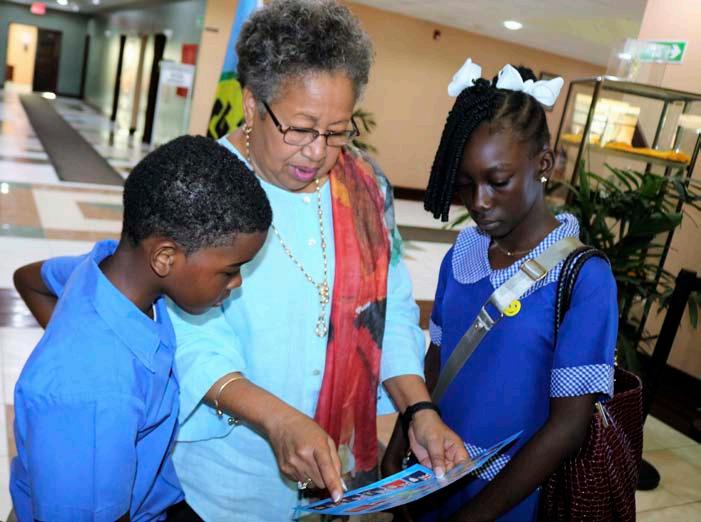
I’m really excited about CARICOM’s



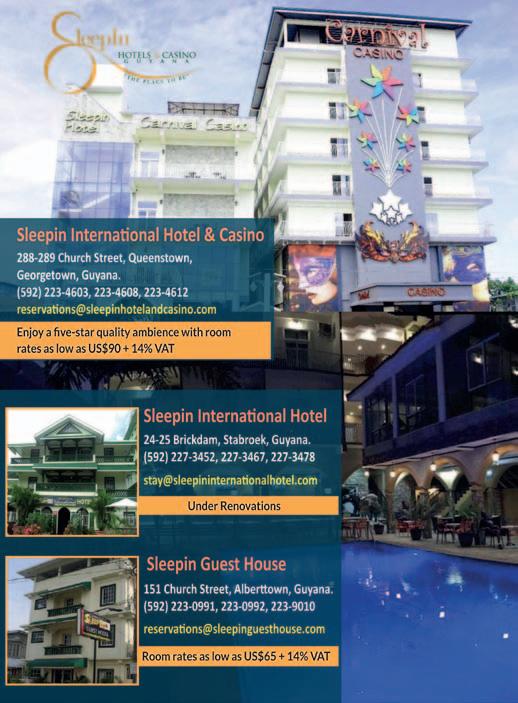
50th Anniversary Conference (3–6 July) in Trinidad. Later in the year, there’s something I really think could be inspiring — an art competition among young people, which will hopefully turn into an exhibition.
I want to make sure CARICOM is better when I leave here. That it’s stronger, more stable, and there’s greater participation. CARICOM isn’t something separate from us. It’s what we do, where live, what we work within, what we contribute to.
The more of us who get together and work at it, the more effective it’ll be and the more meaningful it’ll be to each of us. It isn’t something that other people do. It is something that each of us should be living. That’s what it is for me. ■
44 WWW.CARIBBEAN-BEAT.COM
Evelyn Chung Tobago and International T: (868) 684-4409 E: evelyn@meppublishers.com Tracy Farrag Trinidad T: (868) 318-1996 E: tracy@meppublishers.com Thinking of ?advertising

THE RED, WHITE & BLACK FLASH
Having set a world record in 2019, Trinidadian cyclist Nicholas Paul won multiple medals at the 2021 Cycling World Championships and 2022 Commonwealth Games. A major crash late last year threatened his rapid ascent to the top of the sport. But, as Sheldon Waithe reports, he’s on the comeback trail — and will be aiming to make an emphatic statement at the 2023 Worlds this August

46 WWW.CARIBBEAN-BEAT.COM
snapshot
Photography by PA Images/Alamy Stock Photo
Circling like a vulture stalking its prey is part of his daily routine — riding at the top of the impossibly steep banking on the velodrome’s smooth wooden surface, before suddenly accelerating his carbon fibre steed down the slope. By the time he hits the finish line some 250 metres later, his bike will be doing over 60 kilometres per hour.
His compact five-foot-seven-inch frame belies the fact that such power comes from this body; his records and medals state otherwise.
Having crossed the finish line, he’ll recover and return to the top of the track, ready to turn himself inside out all over again in the continued quest to be the best.
If these repeat efforts seem like purgatory, consider that his day began with numerous leg-aching, 500-pound squats in the gym, followed by addressing the mental side of his chosen discipline with tactical review sessions.
When the day has ended, it’s time for a stretch, a meal, and rest. Tomorrow, he will do it all again.
Nicholas Paul is an easy-going 24-year-old. His smile brings Caribbean warmth to the UCI (Union Cycliste International) World Cycling Centre in Switzerland, which serves as his base for 11 months of the year.
There is none of the pomposity associated with the fast men in sport (think of the antics of so many 100-metre sprinters in athletics). Nor is there any finger-waving or chest-thumping once he has beaten his opponents. Instead, he remains true to his core personality — one where an aura of calm surrounds him.
Raw, explosive speed and humility seldom exist together, but somehow Paul makes it look seamless. Over the final metres of
a race, his aggression is on full display. His willingness to use the full width of the velodrome to push his rivals to their limit is a nod to the sprinting style of yesteryear, before more stringent rules made the simplicity of man-versus-man sprinting a more sterile affair. As such, he has become a crowd favourite wherever he competes in track cycling’s globe-trotting events.
It’s a boon for a sport seeking greater diversity and diversification. Paul represents the perfect vehicle to push the agenda. When track cycling launched its winter Champions League in 2021, he was rolled out as one of the faces of the series — including a documentary that showcased that unassuming personality and unending drive, as well as the camaraderie that he shares with fellow UCI Centre residents from across the globe.
It was also a reminder of how far the man from Gasparillo — a town of just over 16,000 in southern Trinidad — has come in a short space of time. But then again, it’s no surprise — speed dominates all aspects of his life.
It began with an injury while playing football for his secondary school, Naparima College. He then ventured to the gentle banking of Skinner Park to cycle so he could maintain fitness. Keen eyes noted his natural speed. He trained under the tutelage of coach Anthony Sellier, who then took the speedster to the next level.
This was the perfect preparation for Paul winning the sprint event at the Junior Pan Am Championships on Trinidad & Tobago’s Independence Day (31 August) in 2016 — in front of his home crowd, and at the country’s brand new, world-class velodrome.
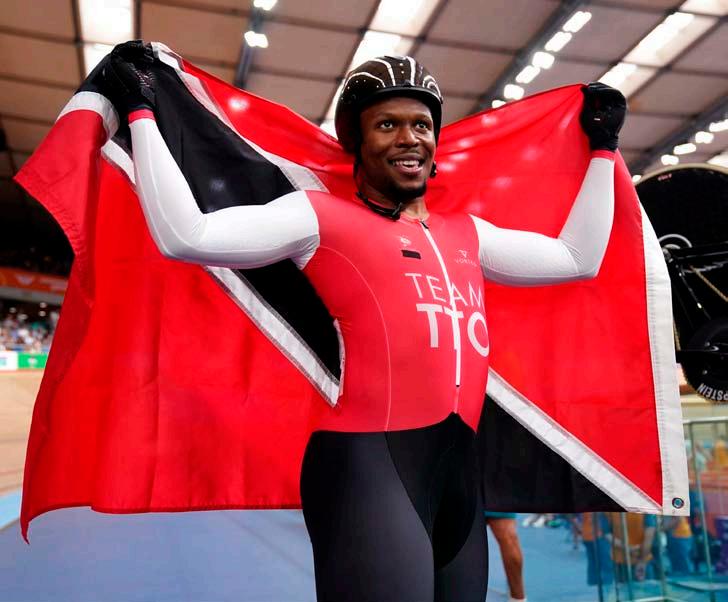
The UCI took notice, and invited him to live and train in Switzerland. Since then, the only time Paul has looked back is over his shoulder at his opponents.
“I love it here,” he confirms. “ You eat, sleep, and ride, focus fully on training without worrying about anything else outside of your performance. I miss my family and they miss me. That’s the hardest part — missing my family, friends … and the food.”
47 WWW.CARIBBEAN-AIRLINES.COM
Opposite page T&T’s Nicholas Paul (left), New Zealand’s Sam Webster (centre), and Australia’s Thomas Cornish in action during the 2022 Commonwealth Games in London
Left Nicholas Paul celebrates winning gold in the men’s keirin at the 2022 Commonwealth Games
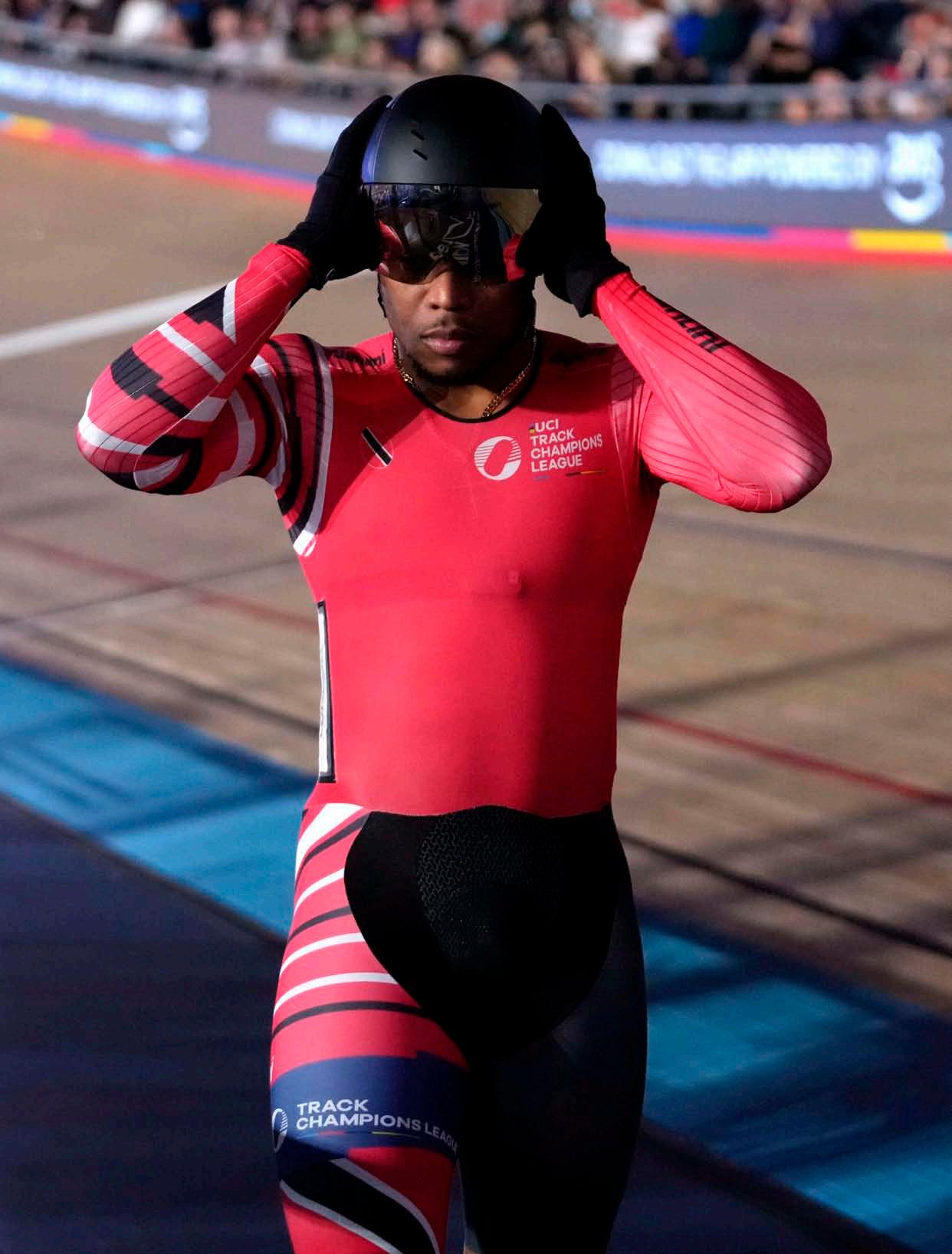
48 WWW.CARIBBEAN-BEAT.COM
Nicholas Paul during the 2021 UCI Track Champions League at the Lee Valley VeloPark, London
By 2019, his gold medals were piling up: three from the Central American & Caribbean Games and another from the Pan Am Games. He then stamped his authority on the sport with a world record ride of 9.100 seconds in the flying 200 metres (at 79 kilometres per hour!) in the rarefied air of Bolivia.
Trinidad & Tobago has a lot of medals in its proud sporting history — golds that belie its size relative to its competitors. But world records? That’s another realm of excellence.
It meant that he went into his first Olympics in Tokyo as one of the favourites. But in the quarterfinals, he felt the judge’s wrath — being relegated for “dangerous riding” in a controversial decision.
Paul bounced back from the disappointment in the best possible manner, securing a silver medal in the onekilometre time trial at the 2021 World Championships — T&T’s third Worlds medal, after Roger Gibbon and Gene Samuel.

Legacy is something of which he is acutely aware, as well as his ability to inspire. “One of my main goals is to pave the way for our youth, and not just cyclists … to help youth understand that if you work hard, anything is possible.”
After a scintillating 2021, 2022 was even better. His gold medal ride in the Commonwealth Games keirin was so good that the silver medallist — Scotland’s Jack Carlin — was several bike lengths behind. Paul completed the set with silver (sprint) and bronze (kilometre).
One of his favourite phrases is “the sky is the limit”, and just as it seemed that this was the case, his progress came crashing down when he fell during training, fracturing his collarbone and several ribs, and injuring his thumb.
The setback was significant, necessitating months off the bike, while the rest of the cycling world continued to compete. He returned to racing in March 2023 and, incredibly, was back to winning international competitions by April.
Paul always describes his journey to success as a “long road”, and knows that this is another one as he tackles the World Championships this August in Scotland, and defends his Pan Am Games sprint title in November in Chile.
He will be seeking confirmation of his return to the elite circle of the world’s best sprinters before the 2024 Olympics, eager for the chance of winning a second Olympic cycling medal for the Caribbean (after Jamaican David Weller’s bronze in 1980).
There is no shortage of vision from Paul.
“I’m still young, so I want to see where life takes me, and I’m enjoying the moment,” he says. “If this life takes me to Paris and Los Angeles [in 2028], I will never say no to it because I love cycling and I want to continue doing well …
“Every time I put on the red, white and black [T&T’s national colours], it makes me feel like I’m carrying Trinidad & Tobago on my back. I always put my best foot forward and just keep repping the red, white and black to the best of my ability.” ■
49 WWW.CARIBBEAN-AIRLINES.COM
Raw, explosive speed and humility seldom exist together, but somehow Paul makes it look seamless
Nicholas Paul (centre) steps onto the podium after winning gold in the men’s keirin at the 2022 Commonwealth Games. Scotland’s Jack Carlin (left) placed second and Malaysia’s Shah Sahrom third
Easy breezy adventures
Walking food tours in Barbados … Ziplines in Sint
Maarten … Beach breaks … Cherished festivals … There are so many adventures you can have across the region — many perfect for the whole family. Shelly-Ann Inniss suggests a few to add to your list
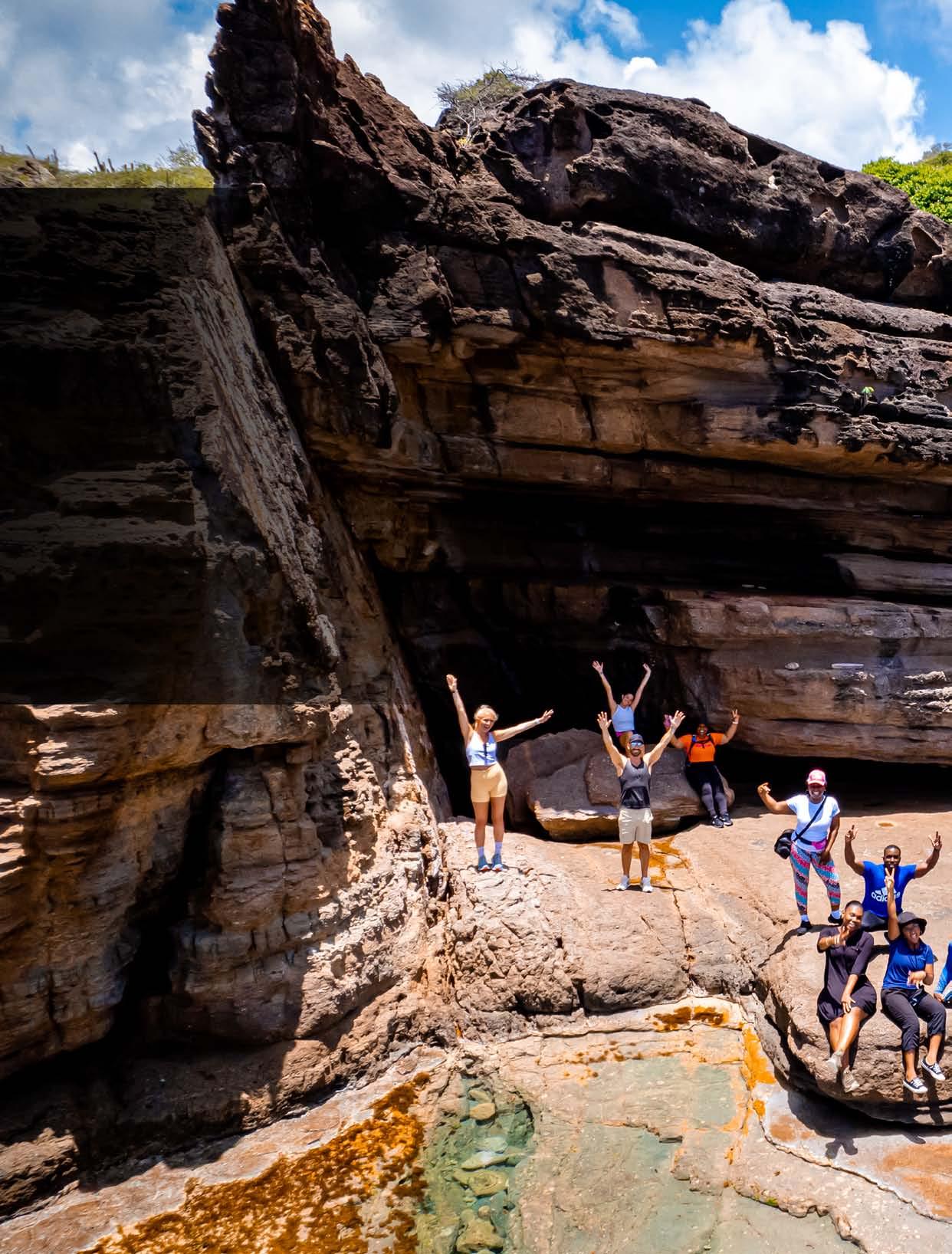
round trip COU RTE SY A NTI GU A & B ARB U DA TOU RI S M AU T HO RIT Y
Antigua & Barbuda

Experienced hikers can explore a multitude of trails, from easy to advanced (make sure to go with a guide), many in the islands’ picturesque national parks. Or, why not conquer some off-road trails in a go-kart? Follow your tour guide through fields and thick vegetation on an exhilarating drive. Some stops can include the spectacular Devil’s Bridge (with its haunting history); Long Bay Beach for a dip in crystal clear waters; and a farm with fresh in season produce ready for tasting. With these islands, the “A” is for adventure, and yours awaits!
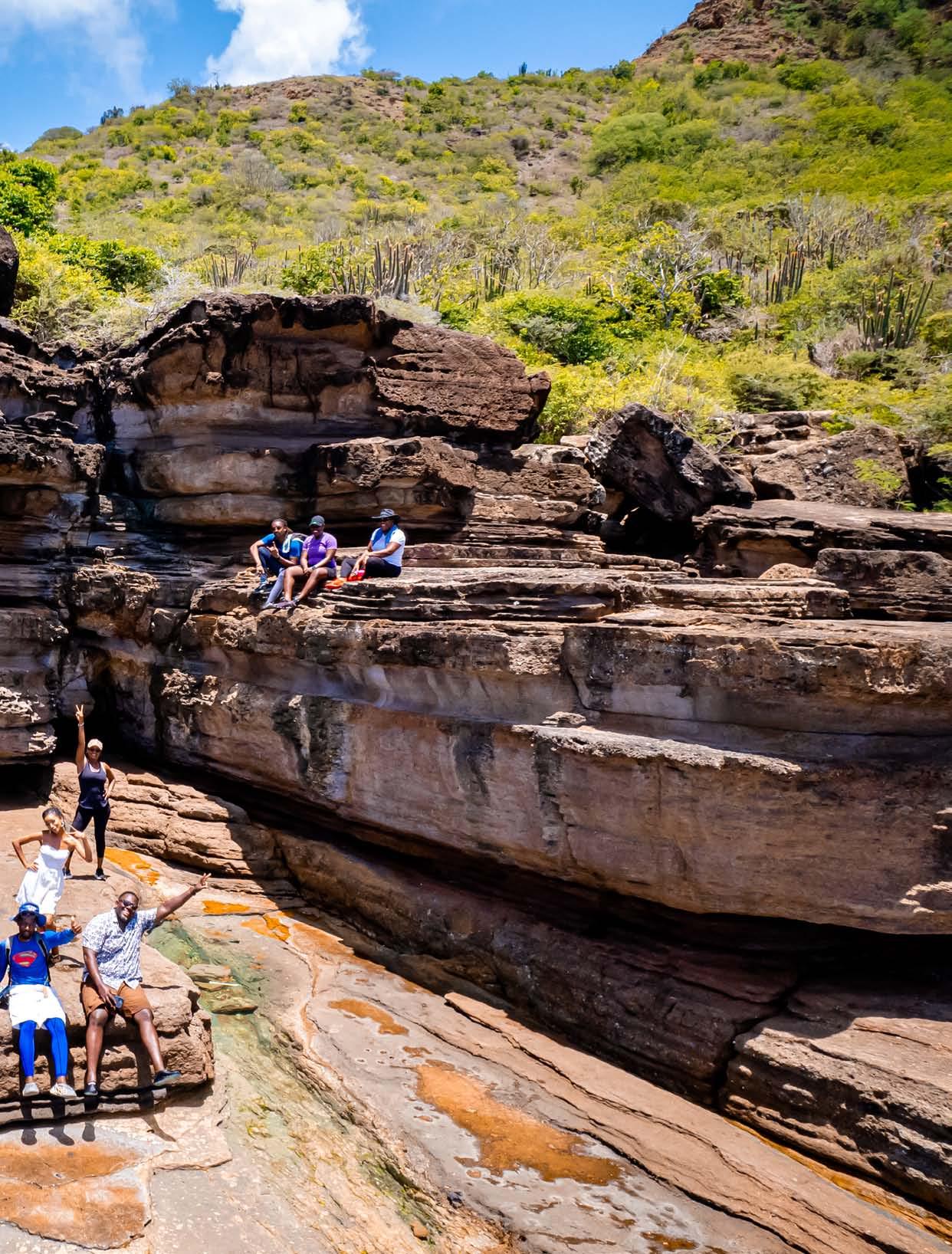
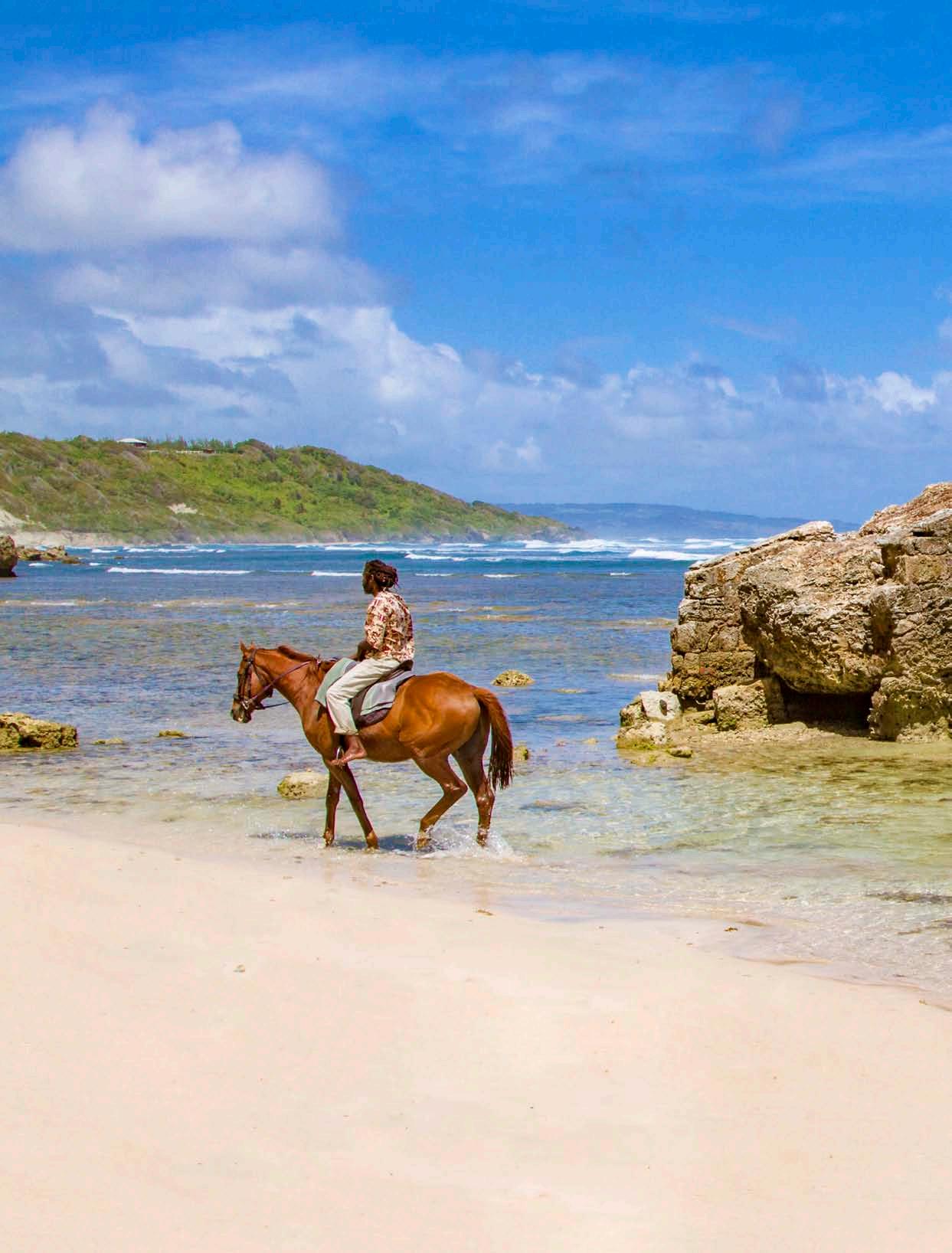
52 WWW.CARIBBEAN-BEAT.COM COUR T E S Y BTMI/ VISIT B A R BAD O S
Barbados

You’re never more than 20 minutes from the beach on this island 21 miles long by 14 miles wide. Along the west coast, just a few minutes from the capital city, Bridgetown, is Rascals of Barbados — the island’s only floating waterpark. Or maybe you’d prefer a less wet and wild experience with a scenic route? Horseback rides along coastal paths (even in the water!) or through lush vegetation are unforgettable. You might even spot some of the island’s famous green monkeys on your journey.
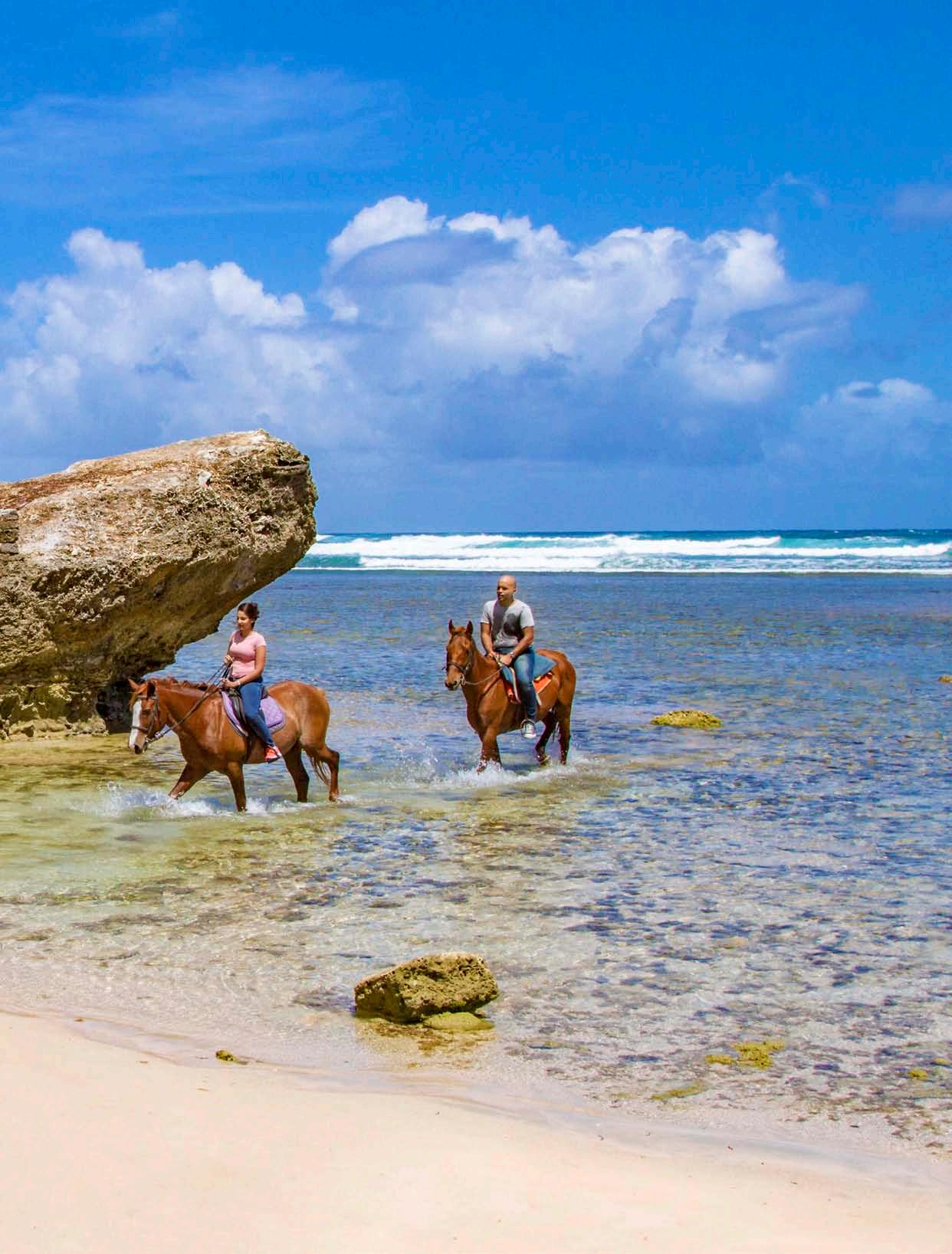
53 WWW.CARIBBEAN-AIRLINES.COM
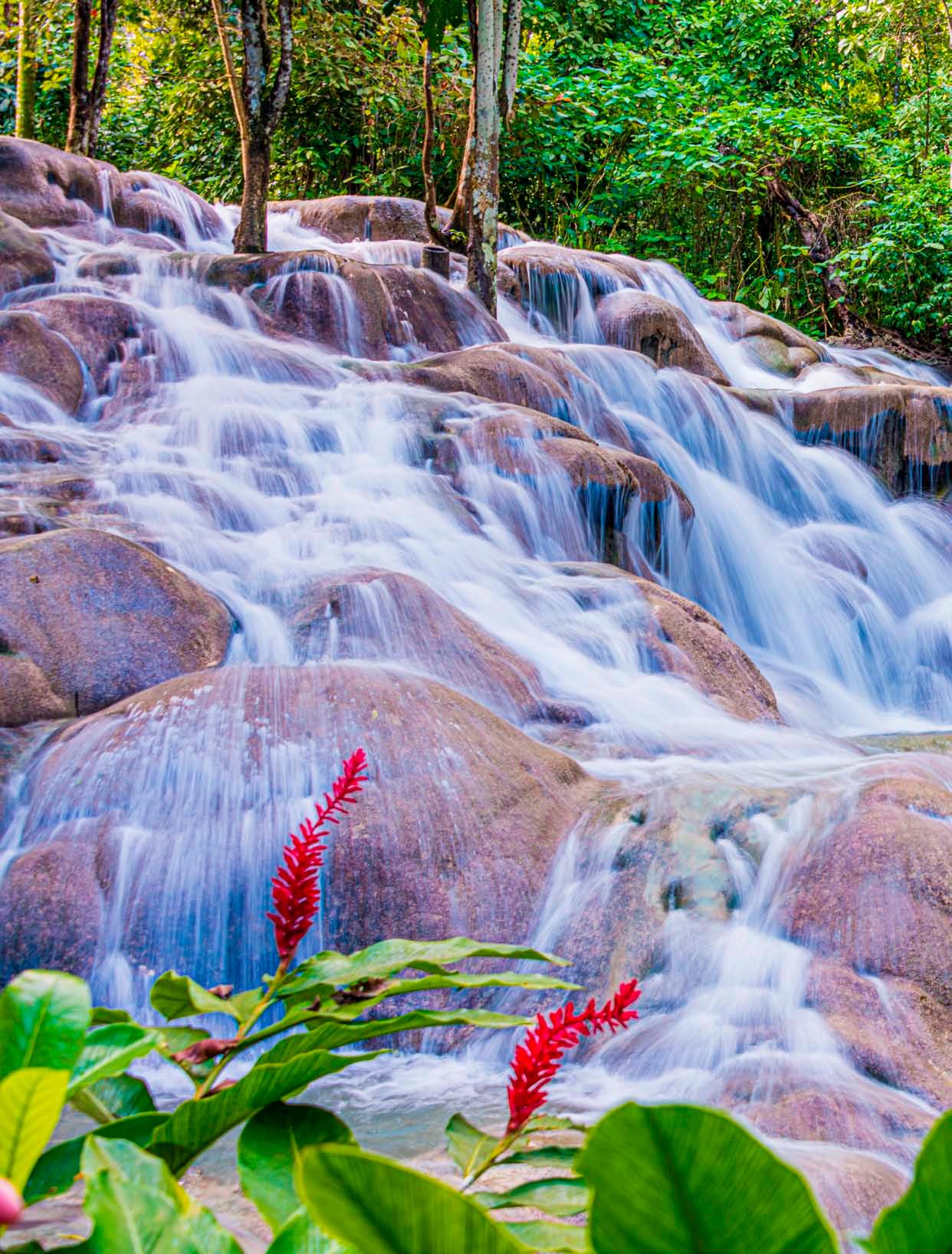
54 WWW.CARIBBEAN-BEAT.COM
Jamaica

There’s nothing quite like an invigorating road trip in Jamaica, and things get extra interesting when you’re the driver. Galivanting like a local, stopping off at famous landmarks and ever-popular attractions like Seven Mile Beach in Negril, Dunn’s River Falls in Ocho Rios, or Harmony Beach Park in Montego Bay can potentially baptise you as a Jamaican driver. When the sun goes down, you’d have walked on white sand beaches, eaten your belly full of jerk, enjoyed local craft — and reluctantly returned your rental car.

55 WWW.CARIBBEAN-AIRLINES.COM G M EL AND /S H U TT ER ST O CK C O M
Tobago

The village of Speyside has it all. See vibrantly coloured fish, reefs and other marine life from the comfort of a glass-bottom boat. Children enjoy “walking on water” through the protective barrier of the glass, especially en route to Little Tobago — a popular site among birders. At this seabird sanctuary, you’ll find Audubon’s shearwater, red-billed tropic birds, species of bobbies, frigatebirds and more. Nearby Batteaux Bay is great for snorkelling and diving, while Kelleston Drain — a popular dive spot — is home, reportedly, to the western hemisphere’s largest single brain coral.
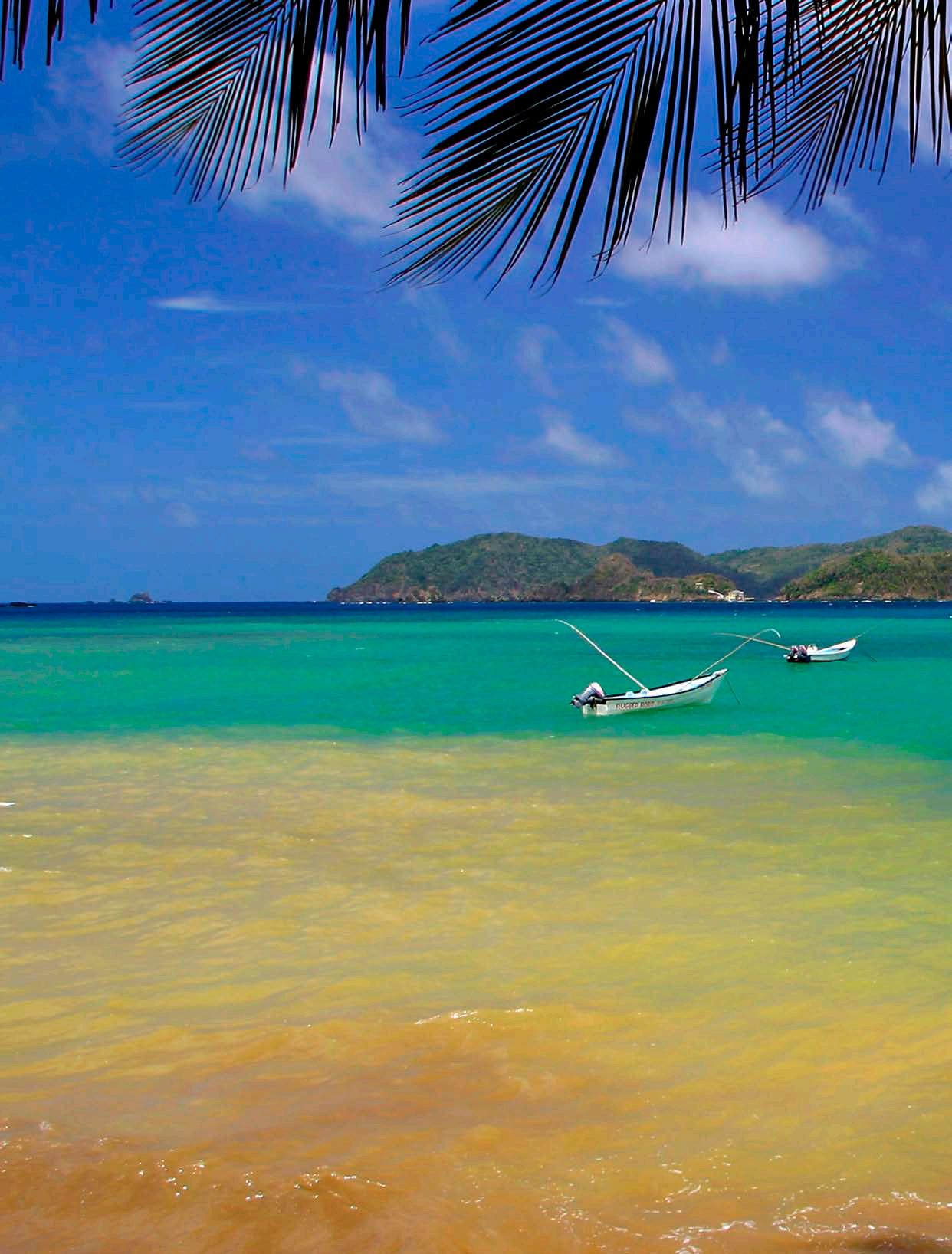
56 WWW.CARIBBEAN-BEAT.COM R G B VENT U RE S/ S U PERST O C K/A LAM Y ST O C K PHO T O

57 WWW.CARIBBEAN-AIRLINES.COM
Far south
If you want to get tangible proof that you’ve visited the southernmost point of the continental US, just head down to the iconic landmark which says exactly that: a concrete replica of a buoy, at the corner of South and Whitehead Streets. It’s such a popular spot, patrons wait for hours in the hot Florida sun to snap a selfie. Once marked by an old piece of wood, the site was graced with the current monument in 1983. Damaged by the powerful winds of Hurricane Irma in 2017, it was quickly repaired by local artists. The buoy indulges in a touch of poetic license: “90 miles to Cuba,” it reads, five miles short of the actual distance.

Key West, Florida
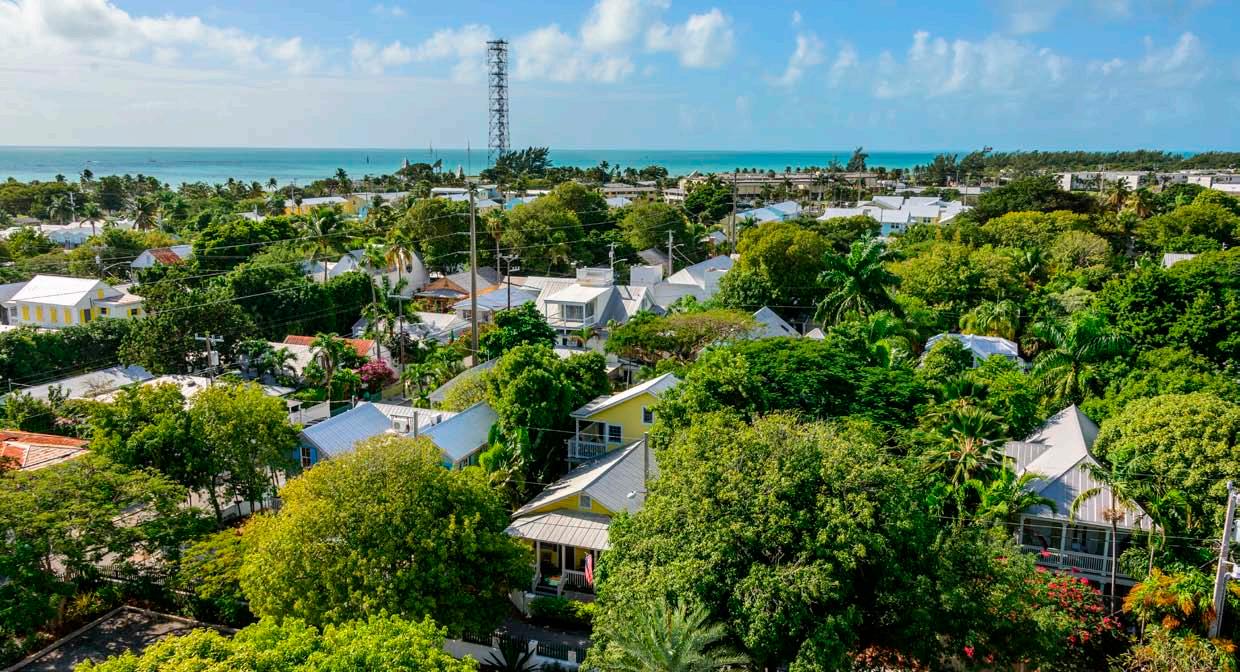
Streetscape
Key West is the name of both an island and its contiguous city. Running one and a quarter miles north-south between Key West’s Gulf of Mexico and Atlantic shores, Duval Street is the vibrant and bustling heart of the action, lined with iconic Victorian buildings, cinemas, art galleries, and boutiques. Look out for distinctive wood conch houses, influenced by traditional Bahamian architecture, elevated on posts which allow air to circulate under the ground floor. Duval Street also highlights Key West’s Cuban connections. Starting in the 1860s, Cuban immigration changed Key West’s cultural and economic DNA — hence Duval Street’s popular Cuban restaurants, cigar shops, and Latin dance clubs.
Get wrecked
During the “Age of Sail” — from the 16th to the 19th century — the waters around Key West were notorious for shipwrecks, apparently averaging one wreck per week. The island’s Shipwreck Museum brings this history to life, combining historical artefacts with films and live performances, in which actors recount dramatic stories of horrific storms, dangerous predicaments, and daring rescues. The museum is built around a recreated observation tower, from which “wreckers” would watch the shore for any sign of ship debris to salvage — at one time, this was Key West’s mainstay. At the core of the collection are objects salvaged from the wreck of the Isaac Allerton, a cargo vessel that had the misfortune of encountering a hurricane in 1856.
58 WWW.CARIBBEAN-BEAT.COM
The southernmost point in the United States is a classic holiday destination full of history and culture, a short hop from Miami
A LE X B ER G ER / S HU TTER S T O C K. C O M
M IA 2YOU/S H U TT ER ST O CK C O M neighbourhood
Writers’ retreat
Is it the year-round warm weather or the ocean views that have drawn generations of writers to Key West?

The island’s most famous literary resident, of course, was Ernest Hemingway, who lived here from 1931 to 1939. Apparently Hemingway saw 907 Whitehead Street — today a museum and National Historic Landmark — as the ideal place to get his creative juices flowing. The French colonial–style structure with its cast iron balconies is somewhere between modest and luxurious, with extensive gardens and a pool. Hemingway’s study still includes the small, round table where “Papa” wrote his novel To Have and Have Not. Equally celebrated are the house’s approximately 40 feline residents — descended from the author’s own pets, and famous for having six toes, a congenital condition called polydactyly.
A short stroll away, the whitepainted “eyebrow” house at 624 White Street served as a modest yet elegant dwelling place for the poet Elizabeth Bishop, who first visited Key West in 1937. The island, its climate and vegetation and landscape, influenced her first book, North and South. Her cottage was recently bought by the Key West Literary Seminar, which plans to restore and preserve it as a museum.
Resting place
In cities around the world, historic cemeteries have become tourist attractions in their own right. The Key West Cemetery, built in 1847, offers perspectives into the island’s history — as well as its residents’ humour, even in morbid circumstances. You can spot odd yet entertaining epitaphs engraved on the grey headstones. “I told you I was sick” reads one. “I’m resting my eyes” says another. Then there are those which suggest more questions than answers. The Bound Woman — a worn statue of a naked woman with her hands tied behind her back on the grave of Archibald John Sheldon Yates — continues to baffle visitors. To this day, no one knows the significance of the unsettling image.
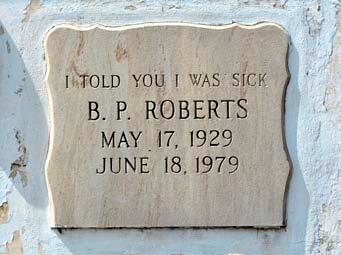
Coordinates
24.6° N, 81. 8° W Sea level
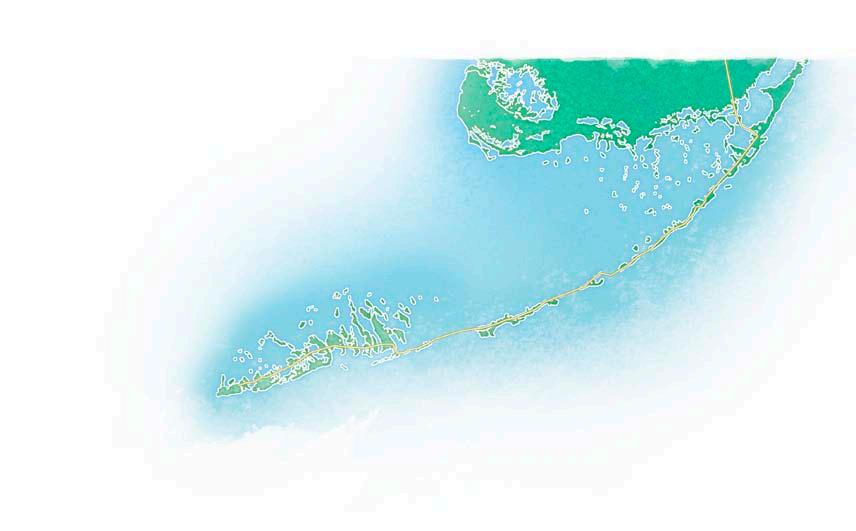
Out to sea
Almost 70 miles west of Key West, accessible by ferry or seaplane, is a one-of-a-kind maritime park where, for a few hours at least, you can relive your childhood dream of being a pirate or soldier. The Dry Tortugas are a series of islets named — for a large turtle population, and lack of fresh water — by intrepid Spanish explorer Ponce de Leon in 1513, and protected since 1992 in a National Park. The largest, Loggerhead Key, stretches 64 acres, while the smallest are mere sandbars. Garden Key is home to Fort Jefferson, a massive but unfinished fortress built in 1826 to protect American shipping in the Gulf of Mexico. The largest brick masonry structure in the Americas — built with 16 million bricks — it was used as a prison before being abandoned in 1906. Visitors are free to explore the fort’s grounds, camp, swim, and snorkel.
FloridaKeys
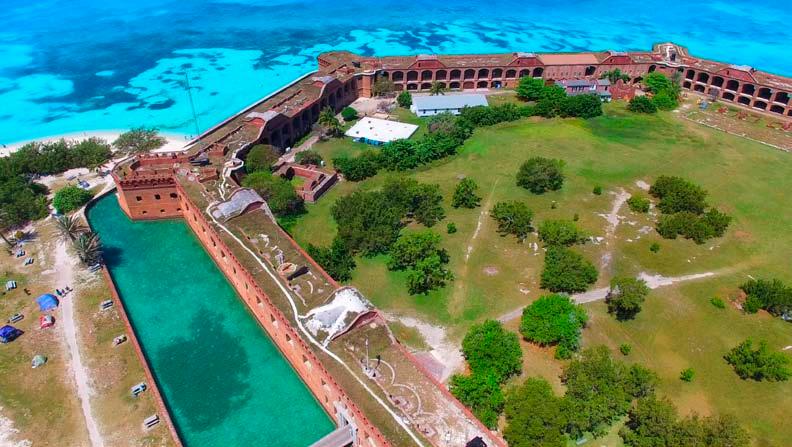
59 WWW.CARIBBEAN-AIRLINES.COM
Key West
FLORIDA
M A U RITI US IMA G E S GMBH /A LAM Y ST O C K PHO T O M IA 2YOU/ S HU TTER S T O C K. C O M C H U CK WA G N ER/S H U TT ER ST O CK C O M
LIVING LA VIDA VIÑALES
It may have been ravaged by a hurricane last year, but its dramatic geological features and rural colonial architecture still make picturesque Viñales one for your bucket list. Donna Yawching tours this beautiful Cuban region, taking in its infectious music and meeting some of its ever-resilient people along the way
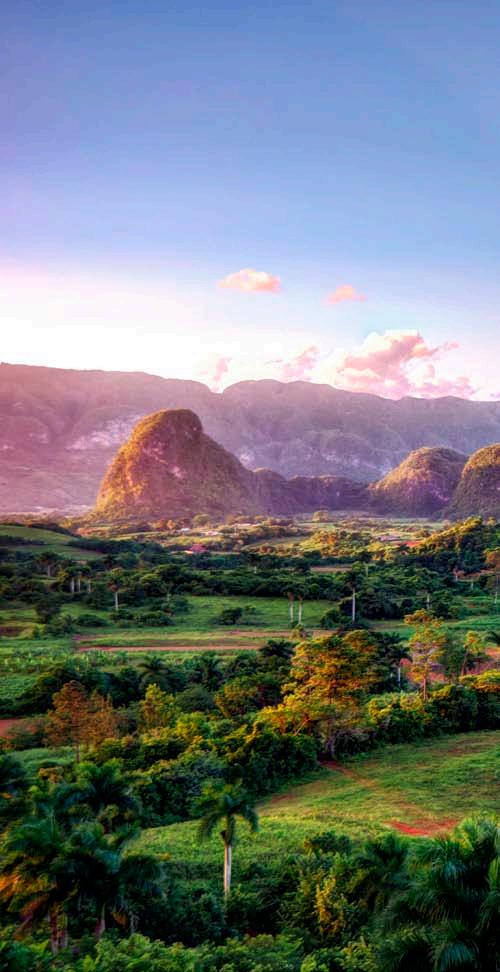
The three-hour bus ride from Havana to Viñales is nothing special: scrubby countryside, a bit of agriculture. But then, in the final 10 minutes, things change: you see the mogotes. How to describe a mogote? Not quite a mountain, definitely more than a hill: a steep-sided lump that rears up out of nowhere, like a big green elephant. Or a herd of them. It’s more than picturesque — it’s stunning.
The Viñales scenery is some of the loveliest in a country that is not lacking in visual drama. The Sierra Maestre mountains in the east and the Escambray in the centre are both worthy of notice, as is El Yunque near Baracoa.
But there’s something about Viñales that captures the heart — these bun-shaped outcroppings, more formally known as karst formations, created by subterranean rivers eroding a limestone plateau over millions of years.
Between the mogotes , the rich alluvial soil produces the best tobacco in Cuba (or, allegedly, the world) — source of those famous Cohibas. Viñales tobacco is still grown in the traditional way, using teams of oxen instead of tractors (this has earned the region a UNESCO World Heritage designation as a cultural landscape enhanced by the vernacular architecture of its farms and villages).
“Tractors compress the soil,” Angel Cruz Pelaez explains. “Los bueyes [the oxen] preserve it.”
Angel, 53, is a veguero (tobacco-farmer), as were his father and grandfather before him — ever since Fidel Castro undertook a drastic land-redistribution programme that carved up giant plantations and bestowed small holdings to the peasant farmers who had worked them.
The government — having provided the farmers with seed, petrol, and work clothing — purchases 90% of the crop at a fixed price and sends it off be sorted, graded, and rolled into cigars. Visitors are welcome to visit one of the local factories, where the process is still very manual.
The town of Viñales has become popular with tourists, for a number of reasons. Nestled in the valley between the mogotes, it is small and very pretty. Boasting a vast total of two streets (linked by a few short cross streets), it was established in 1878.
60 WWW.CARIBBEAN-BEAT.COM explore
And visually, not much has changed. The main square is flanked by a picturesque little church, a museum, and the town’s only hotel. In a concession to modernity, it is the main Wi-Fi hotspot.
Most of the brightly-painted houses have also retained their colonial flavour: single storey buildings with tiled roofs, pillars and breezy porches. Many have been converted into either a casa particular (a B&B), or a paladar (a privately-owned restaurant).
On Saturday nights, Main Street is blocked to traffic and becomes a mini-fiesta with food vendors, blaring DJ music, and dancing in the street. These Noches Viñaleras are beloved by locals and tourists alike.
For those (like myself) who prefer their music live, the Patio del Decimista bar is the place to go. That’s where you’ll hear traditional Cuban music most nights of the week.
She has run her casa since 2011, starting out with one rental unit. She now has three, fronting on a pleasant backyard patio. She loves “the beauty, the tranquillity” of the little town, and says her guests — who come from all over the world — do too.
The landscape and mogotes of the Viñales Valley, Cuba
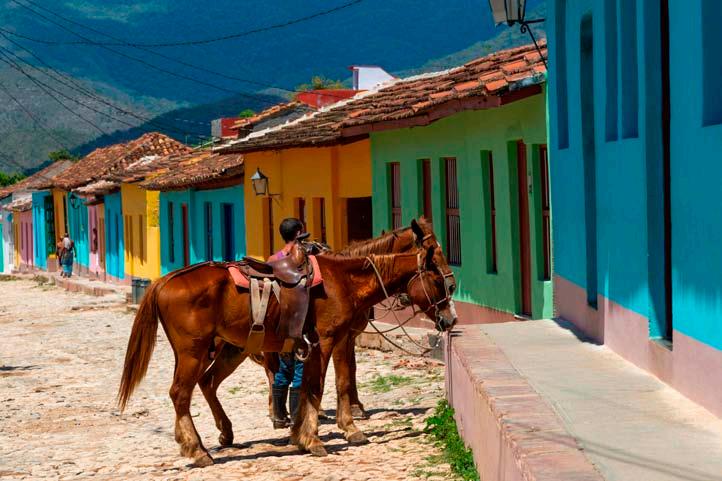
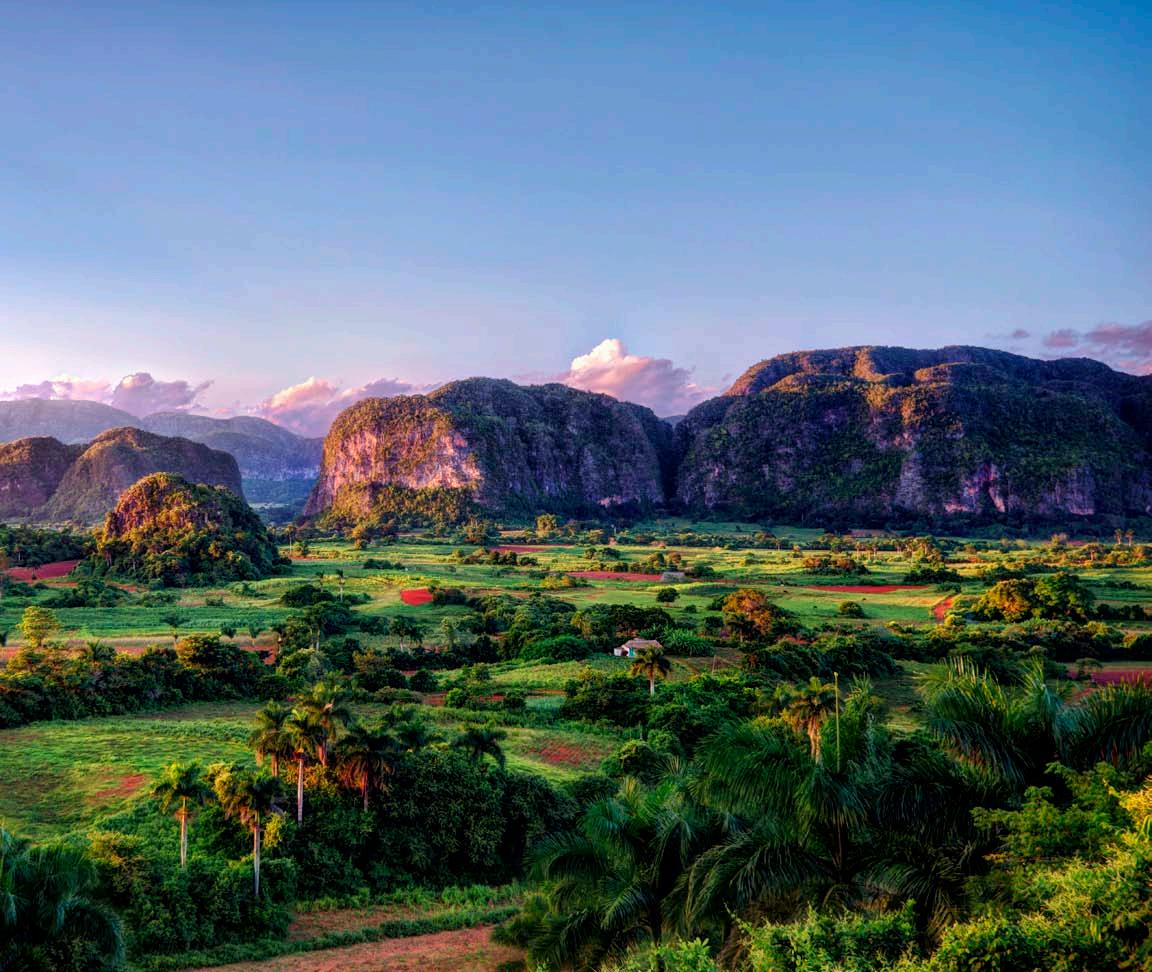
61 WWW.CARIBBEAN-AIRLINES.COM L U KAS B ISCH O FF P H O T OGR APH /S H U TT ER ST O CK C O M
MariaAntonia Basulto has a casa particular on the non-main (and therefore quieter) street. W E ND Y JO HNS O N /AL AM Y S T O CK P H O T O
A cowboy saddles up his horses on a cobblestone street lined with colourful houses
“It’s very relaxing,” she points out, “but there are also a lot of things to do.” She lists a few of the region’s attractions: various caves (the most accessible is the Cueva del Indio, but the real jaw-dropper is Santo Tomás, a 29-mile cave system that is one of the largest in Latin America); rock climbing (those mogotes again, which also feature subterranean rivers and pools); horseback tours through the tobacco fields; hot sulphur springs; the Mural de la Prehistoria (a gigantic, garish mural painted — in 1959 — on the face of a mogote), and even a lovely beach, Cayo Jutía, about an hour’s drive away.
And for a romantic sundowner, the views from two hillside hotels, Los Jasmines and La Ermita, would be hard to beat, particularly if one hand is clasping a cold mojito.
Still, all is not perfect in paradise. Tourism is a risky business, and two years of Covid restrictions followed by a devastating hurricane in September 2022 have left their mark. When I visited the town in January, it was clear that recovery was still a long way off.
Most of the hurricane damage had been repaired, but visitor numbers were drastically down, and many of the casas and restaurants were very sparsely occupied.
“High season this year has been like low season — very few guests,” MariaAntonia tells me. In the past, she would be (reluctantly) turning travellers away.
Still, optimism is a very Cuban trait, and she anticipates better times ahead.
For Angel, it’s a little harder to be upbeat. The hurricane spun away with his 60,000 tobacco plants, but that was not the worst of it. His secadora, the large shed where he dried his leaves, also went
with the wind. Without it, there is no point in sowing a new crop; he now plants things like rice and sweet potatoes to keep the wolf from the door. This is a hard comedown for a tobacco farmer — it’s a proudly-learned skill. But building a new secadora is horrendously expensive — not something he can even contemplate.
Needless to say, insurance is not a big part of a Cuban campesino’s reality; and the government has not, to date, offered compensation. It’s hard to imagine a positive outcome. (And easy to imagine a shortage of Cuban cigars in the near future. Stock up now!)

Still, Cubans are nothing if not resilient. They’ve had a lot of practice over the years. They’ve been through countless crises, and can still smile. It is something I cannot help but admire. And there’s always the music, which is pure magic. ■
Getting there: The most economical way to get to Viñales is by the Viazul bus, at Havana’s bus terminal near the Plaza de la Revolución. A service designed for tourists, Viazul only accepts international credit cards as payment. Theoretically, no currency of any kind (including local) is accepted. It is (also theoretically) possible to book online, but don’t count on it. Patience is a requirement… Another option is to book a taxi, or share a taxi (a colectivo); but this is significantly more expensive. Your host can probably help you arrange this.
62 WWW.CARIBBEAN-BEAT.COM
HELE N SE SSI O NS /AL AM Y S T O CK P H O T O
The Viñales scenery is some of the loveliest in a country that is not lacking in visual drama
A secadora or traditional tobacco drying shed
EXPERIENCE THE CHARM OF CURAÇAO’S LANDMARKS













A wave of color, a whirlwind of culture, and a one-of-a-kind destination is just a short flight away. Sun, sand, and sea? Of course, but it is the diversity, music, events, and endless list of possibilities that makes Curaçao so uniquely great to explore.













63 WWW.CARIBBEAN-AIRLINES.COM
VISIT US ON CURACAO.COM
KEEPING HISTORY
ABOVE WATER
Nelson Island, a tiny piece of land off the northwest coast of Trinidad, played a disproportionately huge role in Trinidad & Tobago history.
First Peoples tribes used it as a trading post. Indentured immigrants from India were quarantined there before going on to the mainland once they were deemed healthy. Labour leader Tubal Uriah “Buzz” Butler — after whom a major highway is named — was imprisoned there during World War 2. Detainees from the 1970 Black Power Revolution were also kept there.
In recent years, the National Trust of Trinidad & Tobago rehabilitated the island — installing solar panels and a desalination system to make it self-sustaining — and now it’s become a popular tour.
But like other small islands, it faces the threat of climate change, which is causing sea levels to rise and hurricanes to be more frequent and damaging.
“I know from the custodians out there [that] when a small storm happens it’s extremely scary,” said Kara Roopsingh. She’s the senior preservation and research officer of the National Trust, and was speaking at the Keeping History Above Water (KHAW) conference held over three days last March in Port of Spain.
“It’s vulnerable out at sea,” Roopsingh said of Nelson Island. “It’s a question to ask: What is going to happen in the wake of climate change?”
The KHAW conference was first held in the United States — Newport, Rhode Island — in 2016 as a response to concern for historical buildings there. This year was the first time the conference took place outside of the US.
The Port of Spain conference is part of a wider project — called Resilient Heritage: Trinidad & Tobago — to protect select heritage sites, including Nelson Island, from the effects of climate change.
Project team member Dr Sujin Kim of the University of Florida, who specialises in preserving built heritage with the aid of digital technology, showed conference attendees 3D scans of Nelson Island and the built and natural structures on it. The

64 WWW.CARIBBEAN-BEAT.COM
Erline Andrews takes us behind the strategies being developed to protect the Caribbean’s distinct built heritage from the escalating impacts of climate change
discover
scans were captured using laser and drone technology, and showed inside and around the structures and their heights.
The images will be used to model the island’s risk from increasingly harsh climate activity, and develop a strategy to protect them. Downtown Port of Spain — in particular, landmarks such as the St Vincent Jetty Lighthouse, Fort San Andres and the Old Railway Station (City Gate) — will also be part of the project.

“We had to choose pilot sites. I wish we could do them all,” Roopsingh said during her presentation. “But we had to select some to start and test this methodology and see what the outcome would be.”
Roopsingh, who joined the Trust in 2015 as only its third staff member, is the driving force behind the project. A former teacher who holds a master’s degree in geography from the University of the West Indies, she won an internship through the World
Heritage USA international exchange programme and spent three months at the University of Florida’s Preservation Institute Nantucket (PIN) in Massachusetts.
Morris “Marty” Hylton III was the director. They kept in touch, and in 2019 he invited her to be a guest lecturer at the institute. PIN was doing work in flood modelling, which is used to predict and mitigate the problem.
Roopsingh told conference attendees about being stranded in Port of Spain because of the flooding after heavy rain. “I was like, gosh, Trinidad floods every year all the time. This is a good methodology for us to try and use here,” she said of flood modelling. “And we started the conversation.”
Hylton helped Roopsingh put together an application for a grant from the US State Department’s Ambassadors Fund for Cultural Preservation (AFCP), which helps countries save cultural heritage at risk because of natural disasters or conflicts.
65 WWW.CARIBBEAN-AIRLINES.COM
JO N AR N OL D MA GE S LTD /AL AM Y S T O CK P H O T O
Elbow Reef Lighthouse is the last kerosene-burning, manned lighthouse in the world. It was built by the British Imperial Lighthouse Service during the 1860s
An AFCP grant was used to help two museums on The Bahamas’ Abaco Islands salvage their collections after Hurricane Dorian devastated the country in 2019. Another grant is funding the restoration of the islands’ Elbow Reef Lighthouse — the only lighthouse that still uses a kerosene lamp.
Resilient Heritage: T&T, which started early last year, is due to wrap up at the end of this year. But Roopsingh and Hylton are optimistically calling it the end of phase one, implying that — hopefully — there will be a phase two.
AFCP programme director Martin Pershler spoke highly of the project and said he expects to use it as a case study in the future. Other efforts to protect built heritage across the region were also discussed at the conference.
Architecture professor Brent Fortenberry, who used laser and drone technology to capture images of historical buildings in other parts of the Caribbean — including Puerto Rico and Bermuda — said he and a team of researchers are trying to create a database. It will include “elevation scores” for buildings based on their risk of being flooded, and “condition scores” based on the state of the buildings. The combined scores will give conser-
vationists a better idea of how vulnerable a built structure is, and how much effort needs to go into protecting it.
Avril Belfon, Trinidad & Tobago’s national archivist and the president of CARBICA (the Caribbean Branch of the International Council on Archives), announced the revival of the Caribbean Heritage Emergency Network (CHEN), which was first started in 2018 after the devastation of the previous year’s hurricane season.

Belfon describes CHEN as “a database of professionals who are willing to respond if and when there is an emergency — and even before — to help with training and institutional strengthening throughout the region.”
Jamaican archaeologist Andrea Richards is part of a team mapping the archaeological sites on the coasts of Antigua & Barbuda, St Lucia, Jamaica, and Barbados to assess their vulnerability. Community members helped identify the sites, and these communities’ involvement is a critical part of working to save them, Richards explained. It was a point other presenters also emphasised.
That community involvement is a significant part of the Resilience Heritage: T&T project as well, which ran five focus groups and an online survey. Late last year, Dr Kim also facilitated a workshop on the digital documentation of built heritage sites, while another workshop was held after the conference and took participants through the project.
In an e-mail exchange after the conference, Roopsingh was optimistic about its impact.
“It is my hope,” she said, “that the Resilient Heritage project will serve as a model to strengthen the resilience of historic sites and cultural resources across the Caribbean.” ■
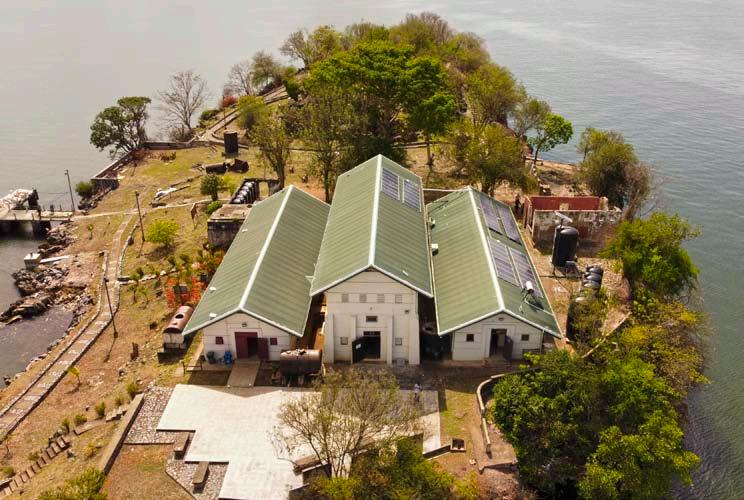
66 WWW.CARIBBEAN-BEAT.COM
COUR T E S Y TH E T&T N ATI O NA L TRU ST
The Keeping History Above Water conference was first held in the United States in 2016 as a response to concern for historical buildings there. This year was the first time the conference took place outside of the US
Above Kara Roopsingh, senior preservation & research officer at the T&T National Trust Left Buildings on Nelson Island, Trinidad
COU RTE SY T H E T&T N ATI O NAL T R US T
Lowlands Mall, Tobago Piarco Plaza, Trinidad #15 Ariapita Ave, Trinidad
Lowlands Mall, Tobago Piarco Plaza, Trinidad #15 Ariapita Ave, Trinidad
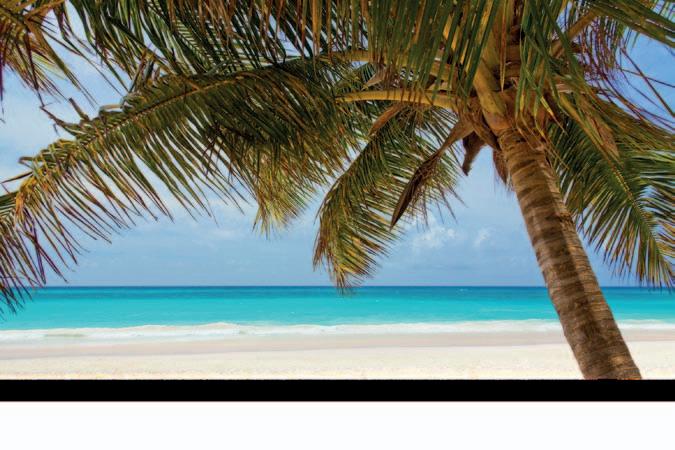
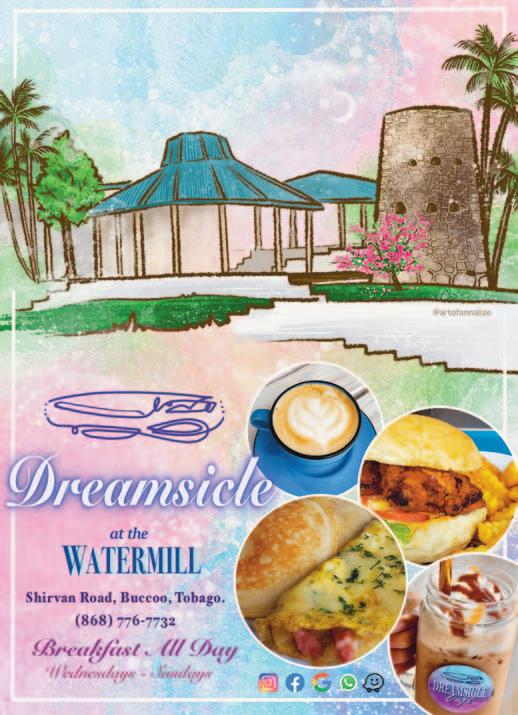
HOUSEHOLD HARDWARE AUTO PARTS
PET SUPPLIES PERSONAL CARE AND MORE!
BATTERIES FOR CARS, TRUCKS, AND BOATS FROM TT$488 FROM TT$488
63-TOOLS (86657) EXT 7065










ALL DAY BREAKFAST ALL DAY BREAKFAST
Now serving Sushi, Sashimi, Simushi, Ceviche

MONDAY TO SUNDAY FROM 4PM MONDAY TO SUNDAY FROM 4PM
SHOWING ALL SPORTS LIVE
67 WWW.CARIBBEAN-AIRLINES.COM
63-TOOLS (86657) 63-TOOLS (86657)
OPEN MON–SUN 8AM–8PM OPEN MON–SUN 8AM–8PM
OPEN FROM 8AM MON–SUN OPEN FROM 8AM MON–SUN INCLUDING PUBLIC HOLIDAYS INCLUDING PUBLIC HOLIDAYS
THE KING OF THE REPUBLIC
will be described later), and was built on a former sugar plantation in the mountainous north of the country over a three-year period that culminated in its official opening in 1813.
Together with the vast Citadelle Laferrière fortress — about five miles away and far higher — Sans Souci (meaning “carefree” in English) was the pride of Haiti’s only monarch, King Henry (born Henri Christophe), and its completion 210 years ago marked the high point of his colourful and ultimately tragic reign.
How Haiti, which in 1804 declared independence from France after an epic 13-year war of liberation, came to have the Caribbean’s only king is the subject of a fascinating new book, Black Crown (www.hurstpublishers.com) by experienced travel writer Paul Clammer.
Apart from its extraordinarily diverse landscapes — lush rainforest; dry, cactus-filled desert; imposing mountains — the Caribbean region also offers a rich array of architecture, reflecting its varied historical legacy. There are gabled Dutch warehouses in Curaçao, an eccentric Eiffel-designed library in Martinique, and crumbling Spanish mansions in Havana.
French, Dutch and English all left their mark, as did the communities that settled over the centuries with Hindu temples, mosques, and every style of church.
Many buildings are humble — reflecting the Caribbean’s long periods of poverty and inequality. Only a few, mostly the homes of expatriate billionaires or luxury hotels, might be described as palatial. And just one is strictly speaking a royal palace — the official residence of a monarch. Ironically enough, this majestic structure is to be found in the region’s poorest country: Haiti.
The palace is called Sans Souci (for unexpected reasons that
The revolution had overthrown mighty France in its most prosperous colony of Saint-Domingue (modern day Haiti), and defied the military power not only of Napoleon Bonaparte but also Britain and Spain — both of which hoped to profit from the French defeat.
The age was one of revolutionary republicanism across the Americas, and kings were despised as symbols of the ancien régime and the system of slavery.
But as Clammer’s detailed account of Henri Christophe’s life reveals, the chaotic conditions that followed the slave revolution and the divisions within the fledgling independent state — between north and south, military and political elites, gradations of skin colour — created a moment when a prominent, formerly enslaved freedom fighter could crown himself king, despite Haiti’s claim to be the world’s first Black republic.
Born into enslavement in the British colony of St Kitts in 1767, Christophe led a largely undocumented life until he became a leading revolutionary commander and an heir to Toussaint Louverture — the iconic leader of the first slave rebellion.

68 WWW.CARIBBEAN-BEAT.COM
COUR T E S Y WIKI CO MM O NS
on this day
Though Haiti had declared independence in 1804, seven years later, it paradoxically found itself with the Caribbean’s only monarch. James Ferguson looks at the fascinating story of Sans Souci Palace — the pride of King Henry I, inaugurated 210 years ago at the peak of his colourful, tragic reign
Nowadays, Sans Souci is perhaps a minor attraction compared to the giant Citadelle, the great bastion that Christophe had built in case the French ever attempted to retake their excolony. That was a solid symbol of military deterrence, but Sans Souci — closer to the small town of Milot — was intended both as royal residence and as a statement of regal prestige.
Christophe declared himself king in March 1811 after seven years of political turmoil, splitting the country between his northern kingdom and a republic in the south. He had been briefly president of the north, but as Clammer suggests, his choice of royal status was meant to suggest a divine right to absolute rule and to appeal to many of his subjects with roots in African kingdoms. The palace was to project the permanence and grandeur of his monarchy within Haiti — which he hoped one day to unify — and to the wider world.
Visitors to the palace today will find an atmospheric ruin rather than an opulent palace, as Sans Souci was largely destroyed by a catastrophic earthquake in 1842 and subsequently looted and neglected before UNESCO world heritage status was conferred in 1982.

But even the present-day shell of the building — sitting among tropical vegetation and towering mountains — conveys the spectacular scale and impact of the palace in its heyday. Rugged terrain was landscaped into an ornamental park, while a classical, domed chapel sat to one side of the main building — a vast, Baroque structure more than 50 yards long. Clammer writes:
“[Its] two storeys were faced with an extravagant 23 bays with high rectangular doors and windows and immense pilasters … Finished in yellow plaster with white detailing, the entire palace gleamed in the sun … it was almost certainly the grandest building in the Caribbean — and possibly in the Americas.”
The interior was a luxurious assemblage of silk curtains, splendid mirrors and tapestries and specially commissioned artworks throughout a banqueting hall, throne room and grand salon.
The palace was meant to impress, and King Henry made a huge effort to attract international support by presenting himself and his court as regal and cultured. He and his advisers were aware that France remained a threat and that positive relations
with other European powers as well as the newly independent United States might help Haiti’s survival.
Opponents of slavery responded positively to his diplomatic overtures, and Christophe’s influential secretary — the Baron de Vastey — forged links with British, German, and American officials and
intellectuals.
Yet there were others who sought to ridicule the slave-turned-king, and hostile observers suggested that Sans Souci was a pastiche of European luxury — an absurd extravagance for a poor new nation. French visitors mocked the ornate uniforms worn at court and the aristocratic titles that Christophe bestowed on his close circle — the Duc de Marmelade, for instance — not realising that it was the French planters who had first created such picturesque place names.
Eventually, though, King Henry’s kingdom was to collapse, partly because of his authoritarian rule and partly under pressure from the republican south of the country. After a debilitating stroke in August 1820, Christophe’s power ebbed away, and on 8 October he shot himself in the royal apartment at Sans Souci. Haiti was soon after unified as a single republic.
King Henry enjoyed only seven years in his palace, which was reputed to have cost thousands of lives in its rapid and ruthless construction. There were thus many ghosts in and around Sans Souci — but one in particular haunted the royal abode.
Commentators assumed that Christophe had named his palace after Frederick the Great’s spectacular residence in Potsdam, a rival to the splendour of Versailles. But as Clammer’s excellent book points out, there was another more local reason for the name.
Jean-Baptiste Sans Souci was a powerful leader during the war of independence against the French, but fell out with Christophe and Toussaint Louverture over tactics. Christophe invited him to peace talks near Milot sometime in 1803 — and had him murdered and buried.
The royal palace, with all its Baroque splendour, was thus built on the grave of a political adversary and — in a bizarre tribute — named after the king’s own murder victim. ■
69 WWW.CARIBBEAN-AIRLINES.COM
R O T OR H E AD 30A PRO D U CTI O NS /S H U TT ER ST O CK C O M
The chaotic conditions that followed the revolution created a moment when a prominent, formerly enslaved freedom fighter could crown himself king
Opposite page Henri Christophe was proclaimed Henry I, King of Haïti in 1811 Left Sans Souci Palace in Milot, Haiti
FUTURE-PROOFING THE CARIBBEAN
James Ellsmoor of Island Innovation shows how the Caribbean’s tremendous biodiversity can power dynamic blue and green economies, and how the region is becoming a world-leading incubator for nature-based solutions to the challenges it faces
 Photography courtesy Dominica Tourism Authority
Photography courtesy Dominica Tourism Authority
From the Pigeon Island National Park in St Lucia to the Buccoo Reef marine park off the coast of Tobago and the Waitukubuli hiking trail in Dominica, the Caribbean’s natural capital is world-renowned. The importance of these sites and ecosystems surpasses their own intrinsic beauty, as this alone draws in tourists from around the world whose spending goes a long way toward driving growth and development within local communities.
But in addition to this, these environments support critical ecosystem services in ways that impact everything from land erosion to nutrient cycling, temperature regulation and even protection from severe weather events.
It’s why Caribbean biodiversity has a much larger footprint than meets the eye. Protecting it is instrumental not only to conserving these natural areas for future generations, but also building more resilient communities and economies.
The blue & green potential of the Caribbean
By prioritising sustainable development through the active conservation of nature, the Caribbean can implement strong green (land) and blue (ocean) based economies.
In many ways, the region has already begun adopting nature-based solutions (NbS). Belize’s Blue Bonds are funding the nation’s marine protected areas, while the United Nations Environment Programme has been carrying out studies in Jamaica, St Lucia, and Haiti aimed at identifying opportunities for effective land management and governance.
Globally, the blue and green economies are worth roughly US$3 trillion and $10 trillion respectively. T his could represent a potential for island nations — or large ocean states — who have more opportunities to develop marine resources.
“What island nations are demonstrating is that benefitting from ocean resources is not a zero-sum game,” explains Heidi Schroderus-Fox, Acting High Representative for the Least Developed Countries, Landlocked Developing States & Small Island Developing States. “Conserving the ocean protects marine life and generates economic growth for island and business communities alike.”
As a result, we are seeing an increase in blue economy projects and policies being carried out across all industry sectors in the Caribbean. In addition to strong support for international policies focusing on strong climate and environmental action, developments in eco-tourism, smart agriculture, renewable energy, and green construction are taking off.
So the region’s biodiversity hotspot is creating a kind of incubator for nature-based solutions, which in turn will be instrumental in building resilience and future-proofing. But the biggest challenge the Caribbean is facing is finding the financing for these initiatives.
“Despite their great potential and the economic, environmental and social benefits they generate, investing in NbS projects is more than limited: the global financing gap towards protection of nature is more than $700 billion,” point out the World Resources Institute’s (WRI) Sheccid Gómez, Valeria López-Portillo, and Sarai Eunice Rodríguez. “Public financing alone will not be enough.”
70 WWW.CARIBBEAN-BEAT.COM
the deal
Financing nature-based solutions
Finding the funds for conservation and management of protected areas has never been easy, but the global shift towards nature-based solutions and striking a balance between the environment and economics will favour early entrants into the blue and green economy.
T he US$700 billion funding gap referenced by the WRI team is linked specifically to the target set by the world’s national governments to reach 30% protection of the world’s natural areas by 2030.
makes economic sense. Each dollar invested will yield, on average, five dollars in return.”
By contextualising the financial potential within nature-based solutions and the development of blue and green economies, the funding gap pales in comparison to the expected return on investment, and the value of the ecosystem services it protects.
Major financial entities active within the Caribbean like the Inter-American Development Bank are working towards creating a pathway to funding. Alongside organisations in the private sector and regional governments, the Caribbean is generating interest as a hotspot for nature-based solutions. T his is borne out by regional initiatives earning top honours at international events such as the Earthshot Prize
T his goal has solidified nature-based solutions as a development priority for countries boasting strong biological diversity, and will encourage increased investment into already established projects like those in the Caribbean, where there is already a range of initiatives underway and a clear pathway for growth.
Nature-based solutions are an attractive financial investment, emphasises Schroderus-Fox. “By 2030,” she explains, “many ocean-based industries have the potential to outperform the growth of the global economy, both in terms of value added and employment … Investing in an ocean economy clearly
In the long run, leveraging Caribbean biodiversity for economic growth will ensure a resilient sustainable future. From rainforest to reef, the region has the ability to safeguard its natural resources and at the same time maximise its impact on local socio-economic growth as well as global climate action.
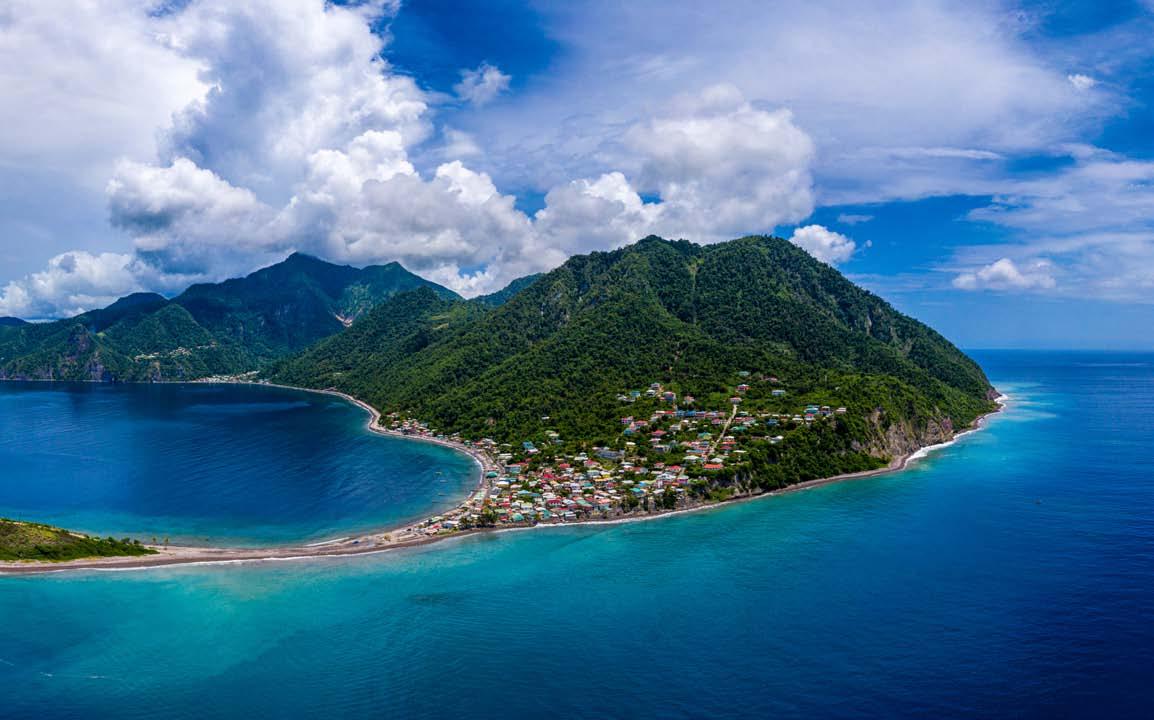
T he future of the Caribbean is in nature-based solutions, and it is being developed as we speak. ■
Island Innovation is a social enterprise and digital media platform at the intersection of sustainable development and communications. Learn more at islandinnovation.co
71 WWW.CARIBBEAN-AIRLINES.COM
Globally, the blue and green economies are worth roughly US$3 trillion and $10 trillion respectively. This could represent a potential for island nations — or large ocean states — who have more opportunities to develop marine resources
Scotts Head, Dominica overlooks Soufriere Bay
Across
1 Resonant [8]
2 Herb that comes in cloves [6]
5 Picnic spoiler [12]
10 I could be a model? Tough question [5]
13 Cooking garment [5]
14 Design and construction of buildings [12]
15 Real ___: Land and buildings [6]
16 Criticise someone behind their back [8]
Down
1 Bright light in summer [8]
3 Snappy feature of a smartphone [6]
4 Mental confusion [12]
6 Tailor [12]
7 Very eager to please [10]
8 Self-seeking [10]
9 Soup and salad garnish, cubed bread [7]
10 Snack food, often roasted and salted [7]
11 Vine fruit that can be dried and used as a container [8]
12 Show off in a street march [6]
There are 10 differences between these two pictures. How many can you spot?
Spot the Difference answers
one of the cricketers has a belt on; the cricketer’s pants differ between images.
are birds in the sky in the right image; the cloud details differ between images; the shoe details differ between images;
The cricketer’s hat differs between images; the cricket bat has different details; there is a logo on the cricketer’s shirt on the left image; the stadium lights differ between images; there are more details on the grass in the left image; there
72 WWW.CARIBBEAN-BEAT.COM Caribbean Crossword 1 2 3 4 5 6 7 8 9 10 11 12 13 14 15 16
Spot the Difference by James Hackett
puzzles
by www.sudoku-puzzle.net
Fill the empty square with numbers from 1 to 9 so that each row, each column, and each 3x3 box contains all of the numbers from 1 to 9. For the mini sudoku use numbers from 1 to 6.
If the puzzle you want to do has already been filled in, just ask your flight attendant for a new copy of the magazine!
73 WWW.CARIBBEAN-AIRLINES.COM S G N I P P O R C T U O Y R A U R A C I N O R T C E L E O R B C U U A E T N A M T R O P C T O T E N O T S E M I L V M H E N V N N C A P S U L E U E A R V E E E E L S F E E G L M E R E R S G C R I W X N U N O O A R N O U A S P E E S M E I L N S A S C O N E E N T E R R O E A C I E C H I D R T S A I G A T U X Z A A T S N T E B S I N I L A D S Q B H M A N L T S N O A R C S W D O G X C E E T K N R P L A N T A T I O N S R I N C O N T E S T A B L E I Y Word Search lens subterranean memoirist incontestable praxis stews conversation capsule outcroppings limestone tobacco portmanteau entrepreneurs veganism clientele plantations legumes incandescent vulnerable lighthouse archaeologist tassa vernacular electronica Medium 6x6 mini sudoku puzzle Hard 9x9 sudoku puzzle WWW. S U D O K UP UZZLE. N E T Caribbean Beat Magazine Sudoku 9x9 - Puzzle 2 of 5 - Hard 5 2 5 2 1 8 6 2 9 5 1 3 7 2 8 4 6 8 9 2 8 3 3 7 4 1 9 1 www.sudoku-puzzles.net Caribbean Beat Magazine Sudoku 6x6 - Puzzle 2 of 5 - Medium 2 6 4 3 4 6 5 6 1 1 2 www.sudoku-puzzles.net Sudoku Solutions Word Search Sudoku Mini Sudoku Caribbean Crossword Caribbean Beat Magazine Sudoku 9x9 - Solution 2 of 5 - Hard 3 7 9 8 6 5 1 2 4 5 2 4 3 9 1 8 6 7 8 6 1 2 7 4 9 5 3 9 5 8 4 1 3 2 7 6 2 3 6 9 5 7 4 1 8 1 4 7 6 8 2 3 9 5 7 1 2 5 4 8 6 3 9 6 8 3 7 2 9 5 4 1 4 9 5 1 3 6 7 8 2 www.sudoku-puzzles.net Caribbean Beat Magazine Sudoku 6x6 - Solution 2 of 5 - Medium 6 4 3 1 2 5 1 5 2 6 3 4 3 1 4 2 5 6 5 2 6 3 4 1 2 6 5 4 1 3 4 3 1 5 6 2 www.sudoku-puzzles.net S 1 O N O R O U S G 2 A R L I C 3 U B 4 A N T 5 H U N 6 D E R S T O 7 R M S E 8 E W B E H G C 9 E I P 10 O S E R I O R D L E E A N C O L D A Q E E U E E N U C 11 N T W R U I A P 12 T O O M T O L A 13 P R O N R E S U A R I K N S B A 14 R C H I T E C T U R E A D R S E 15 S T A T E B 16 A D M O U T H S G N I P P O R C T U O Y R A U R A C I N O R T C E L E O R B C U U A E T N A M T R O P C T O T E N O T S E M I L V M H E N V N N C A P S U L E U E A R V E E E E L S F E E G L M E R E R S G C R I W X N U N O O A R N O U A S P E E S M E I L N S A S C O N E E N T E R R O E A C I E C H I D R T S A I G A T U X Z A A T S N T E B S I N I L A D S Q B H M A N L T S N O A R C S W D O G X C E E T K N R P L A N T A T I O N S R I N C O N T E S T A B L E I Y





The NEW way to be entertained!
Use your personal device to stream Blockbuster movies, TV shows, games and more Caribbean content while in the air
Boeing 737-NG – Download the Caribbean Airlines Mobile App via Google Play Store or Apple Play Store
Steps
1. Ensure your device is in Airplane Mode
2. Connect to the WiFi network (Caribbean View)
3. Launch the Caribbean Airlines Mobile App and click Caribbean View within the main menu


Boeing 737-8 – Utilise the seat back screens and handset in Business Class or wirelessly navigate to www view-caribbean.com or www.caribbeanview.com and wireless stream through your device browser
Steps
1. Ensure your device is in airplane mode


2. Connect to the WiFi network (Caribbean View)

3. Launch a browser (chrome or safari) and navigate to www view-caribbean.com or www.caribbeanview.com

Troubleshooting
Unable to connect
1. Switch Wi-Fi off and on
2. Power the device off and on and repeat step 1
Unable to view content
1. Close and restart the browser and type www.caribbean-airlines.com
2. If this does not work, try an alternate browser and type in www.caribbean-airlines.com
3. Power the device off and on and try steps 1 and 2 again
Note: Chrome is the recommended browser for laptops.
Terms and Conditions
By using the system, you accept the following terms and conditions:
• *Content is available only on flights over two hours.
• Content is available only during flight.
• Access to content is only available above 10,000 feet.
• Access to content will stop before the end of the flight
• You may not have sufficient time during the flight to watch the entirety of some content.
Viewing information:
Please choose your viewing appropriately Note: Some content may not be suitable for younger viewers so please choose appropriate content where children will be watching
Please ensure headphones are used at all times for playback of media content, unless muted.
Download
Download our free Caribbean Airlines Mobile App before Charge

Before board ing, ensure your device is fully charged
Headphones
Bring your personal headphones to enjoy our selection of entertainment
• It may take a short time for a video or other content to start.
• Please note that we are not responsible for any data loss or damage to devices that may occur while/after using our services.
• Onboard battery charging facilities are not available.
Safety information:
• We may pause or stop our inflight entertainment system for safety or other reasons.
Security information:
• This service is provided using wireless LAN technology Please be aware that it is a public network.
• It is each user’s responsibility to have an up-to-date security system (e.g. firewall, anti-virus, anti-malware) for their device.
W IR E L ESS I NF LI G H T ENTE RTAI NMEN T
is available only on selected flights*
Welcome to Content
In preparation for Enjoy free entertainment on

Curaçao curiosities
You can find exceptional handicraft mementos like chichi dolls; replicas of Willemstad, Curaçao’s historic architecture; and painted geckos (pictured) in souvenir shops across Willemstad. You may not see actual geckos during your visit, but their chirping and clicking noises signal their harmless presence. Who knows? These curious reptiles might just be on a vacation of their own. OK, probably not. But the Dutch leaf-toed gecko (Phyllodactylus martini ), Antilles gecko (Gonatodes antillensis) and turniptail gecko (Thecadactylus rapicauda) are the art-inspiring species native to the island.

80 WWW.CARIBBEAN-BEAT.COM
C HA RLE S O CE CI L/AL AM Y S T O CK P H O T O parting shot



Elegantly designed and made with the guests’ comfort in mind, the hotel boasts 161 spacious guest rooms and suites. Elevated food and beverage experiences await guests at our fine dining restaurant the Exchange and the Sugar High Rooftop Lounge and Bar.

thebrixtrinidad.com
2-4 Coblentz Avenue, Port of Spain, Trinidad
THE BRIX AUTOGRAPH COLLECTION BY MARRIOTT
+1 (868) 612-4000
The BRIX, Human Chemistry in Action.















 Garvin
Garvin







 Photo Natalia Barsukova/ Shutterstock.com
Photo Natalia Barsukova/ Shutterstock.com
















































 Reviews by Nigel A Campbell
Reviews by Nigel A Campbell









 Reviews by Shivanee Ramlochan, Book Review Editor
Reviews by Shivanee Ramlochan, Book Review Editor



 Patricia Mohammed
Patricia Mohammed































































































 Photography courtesy Dominica Tourism Authority
Photography courtesy Dominica Tourism Authority

















